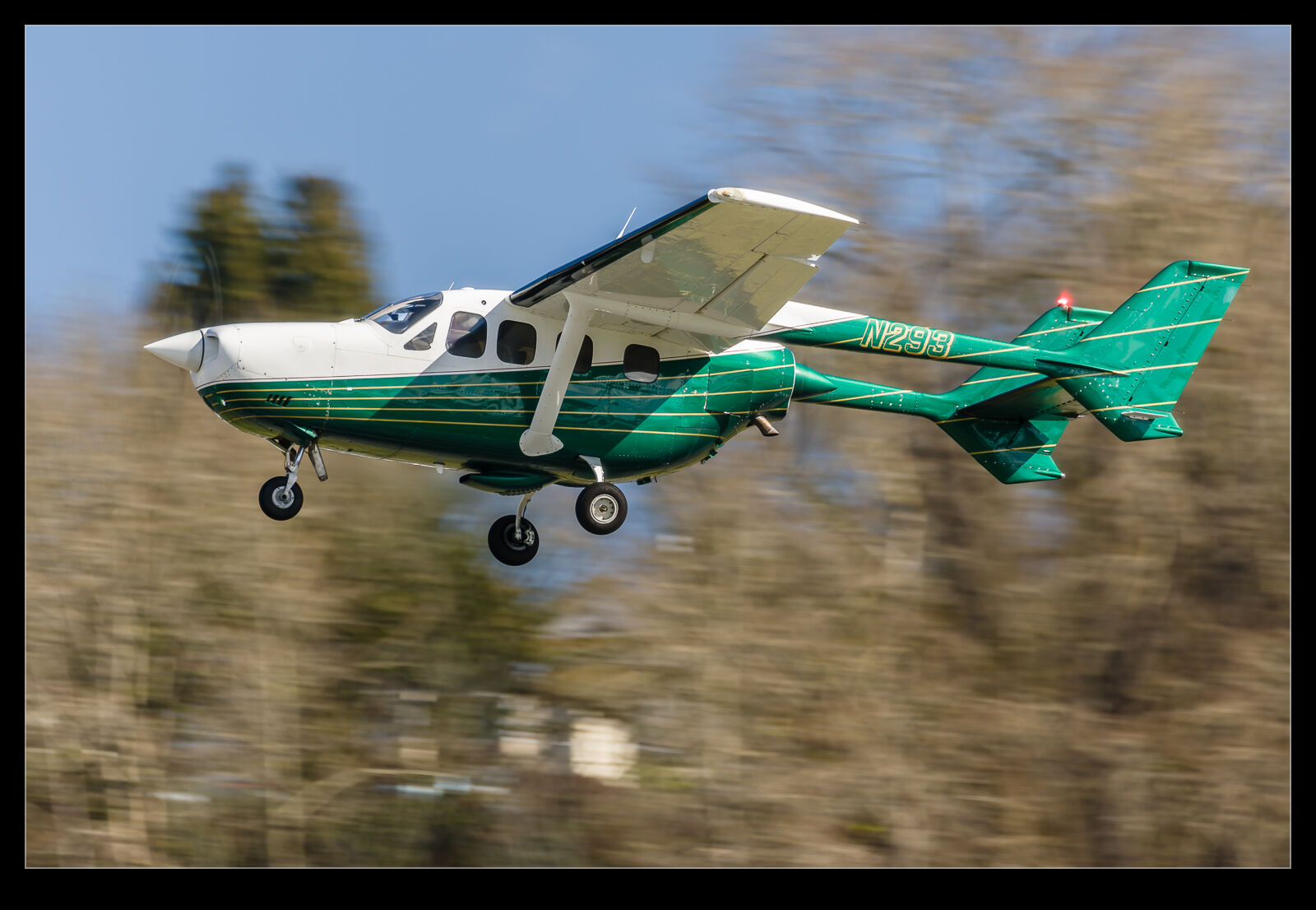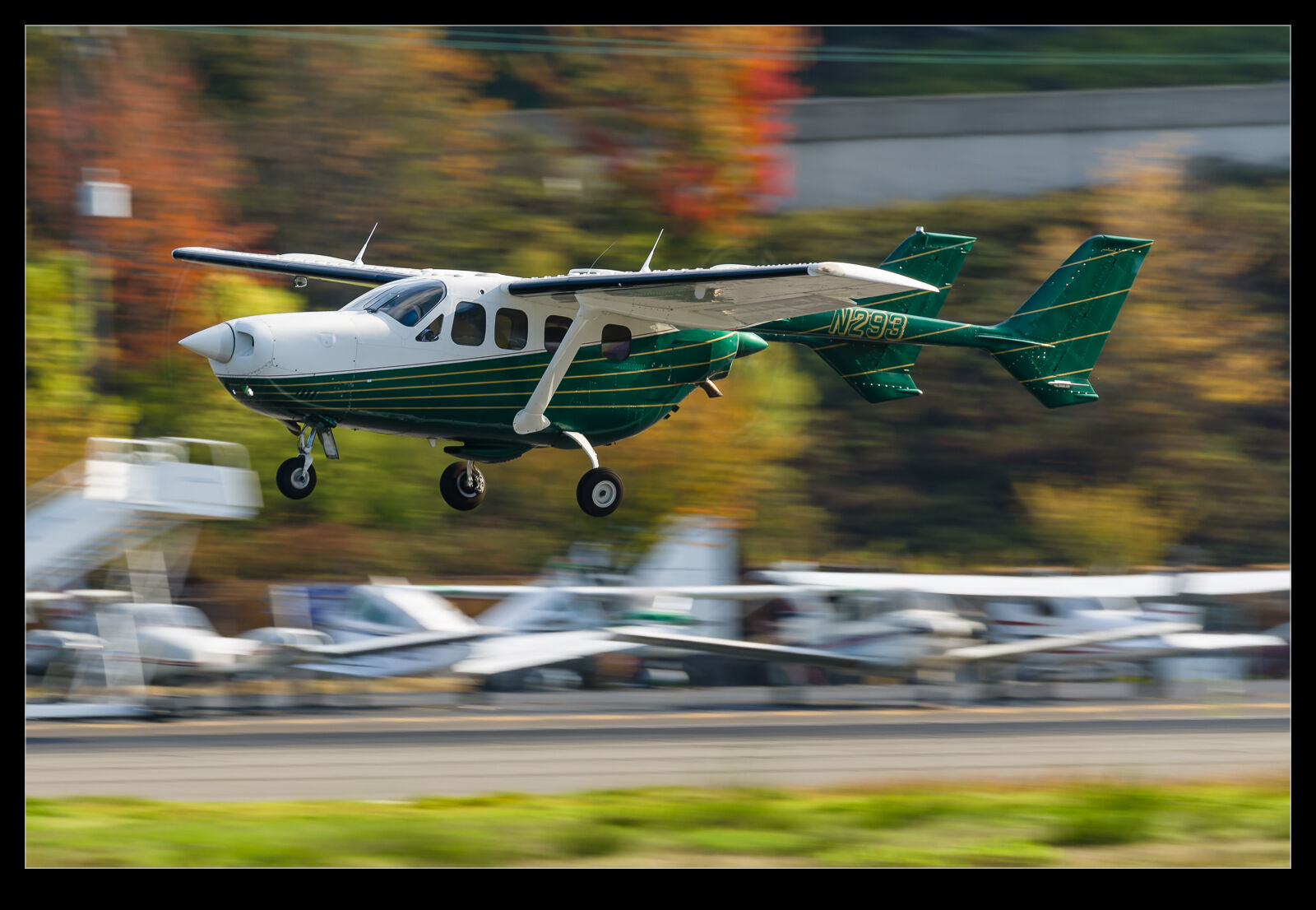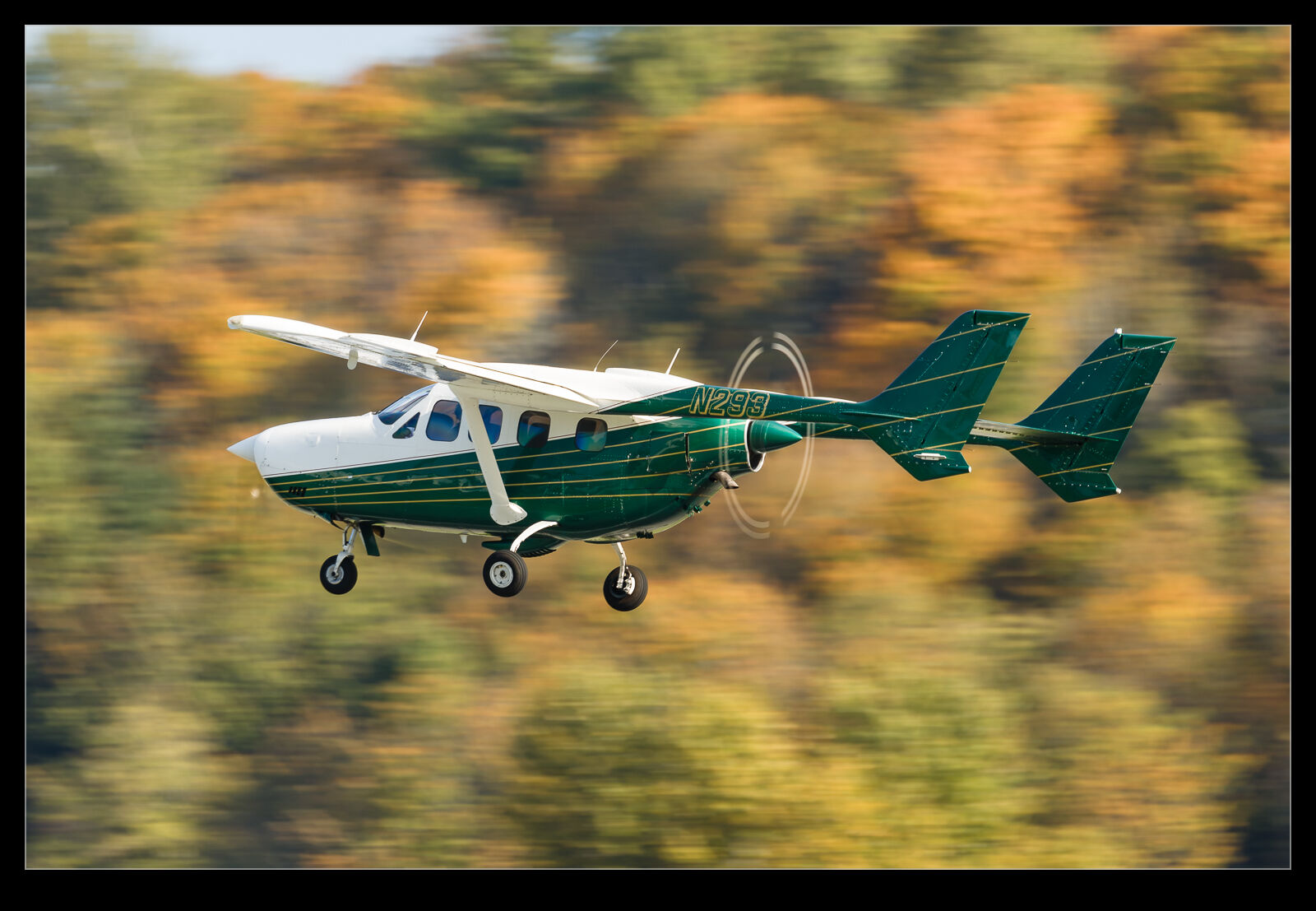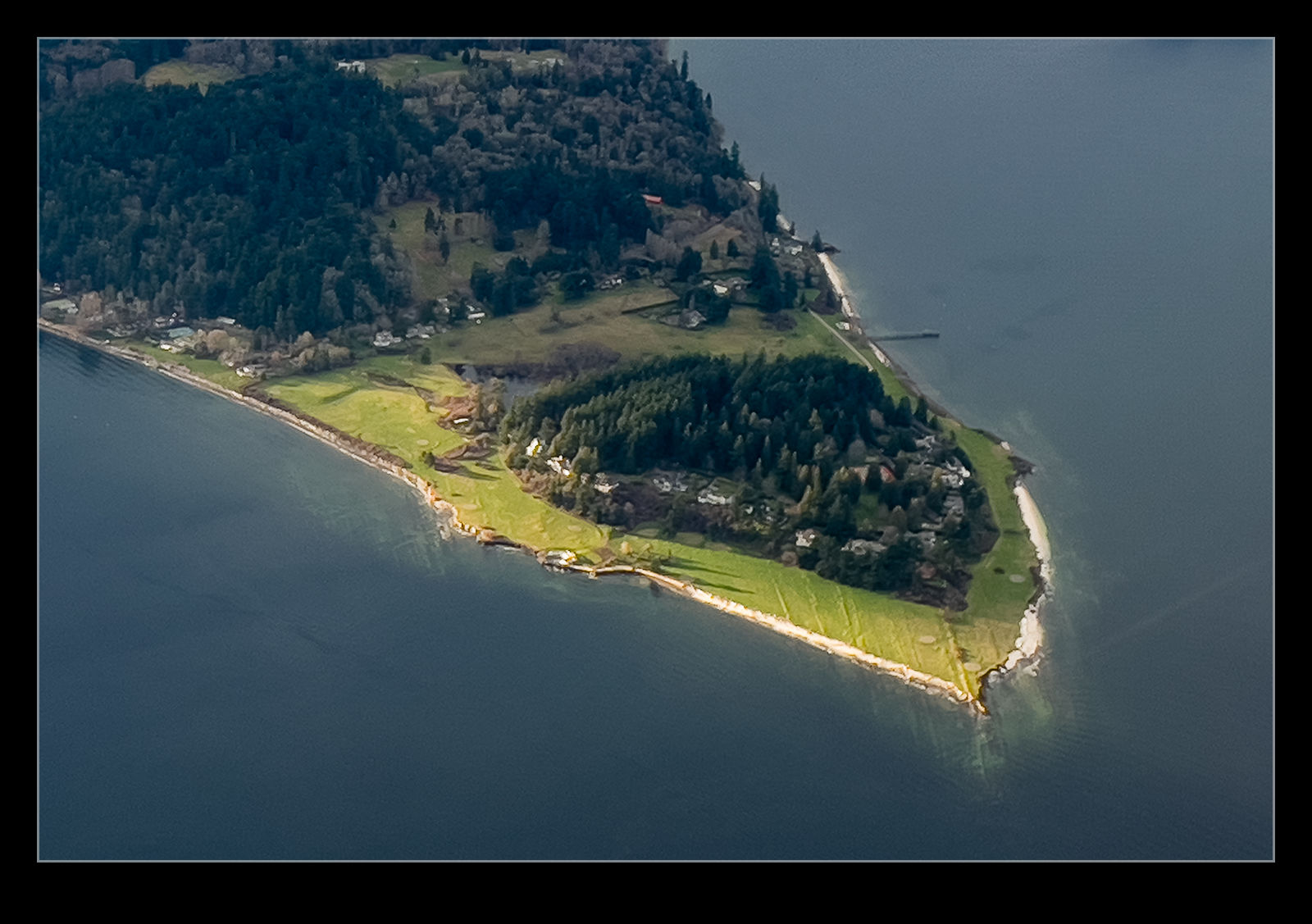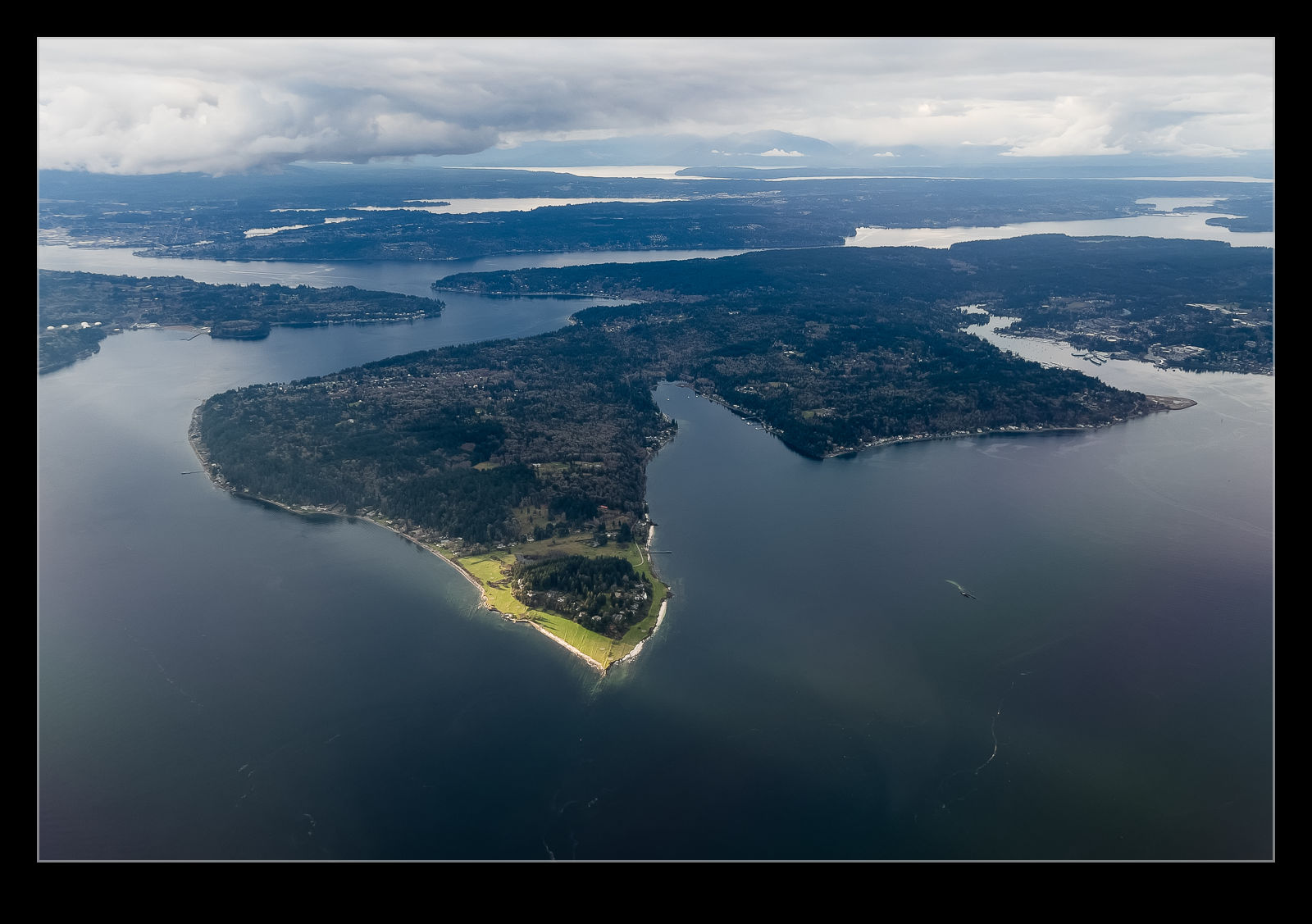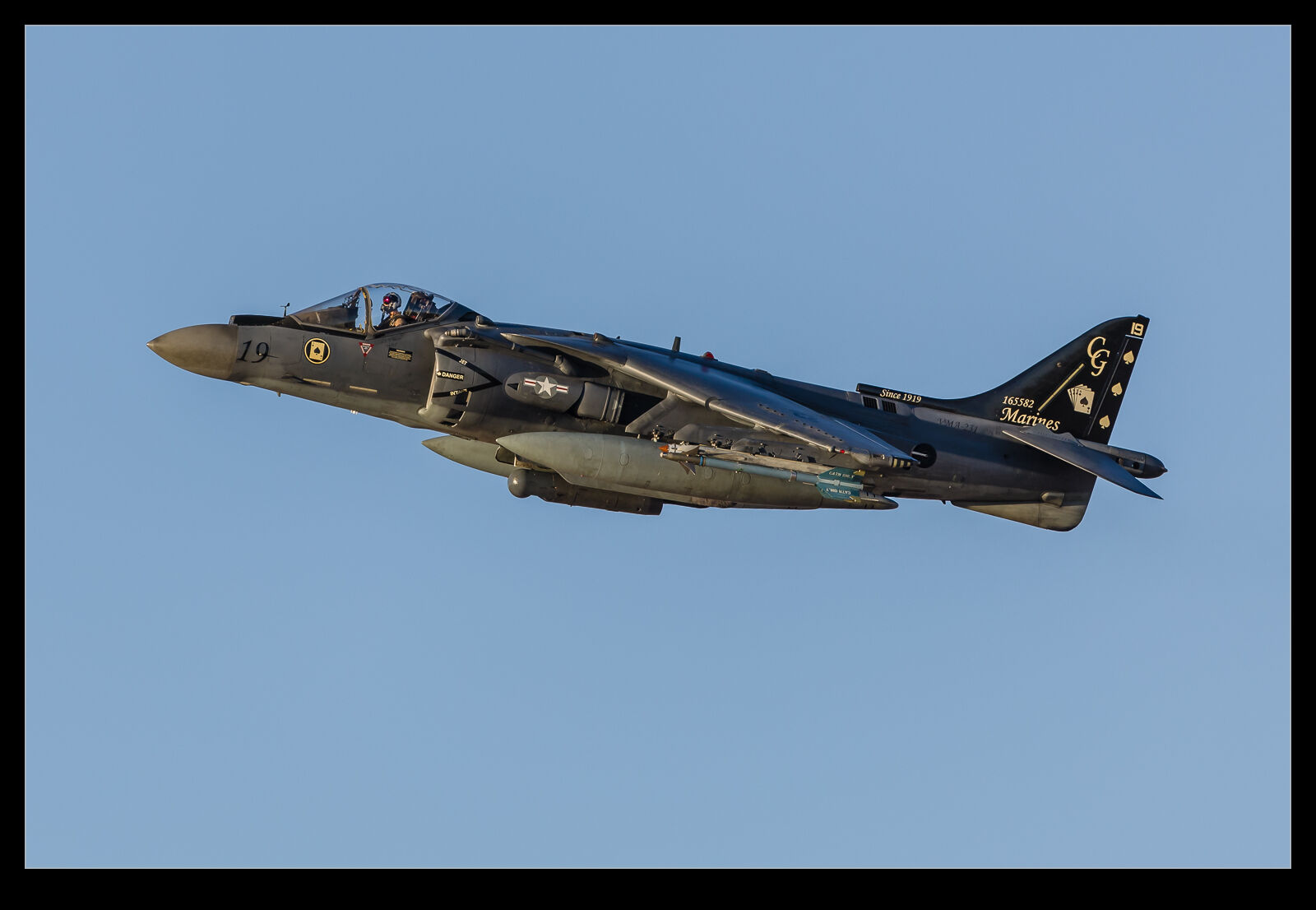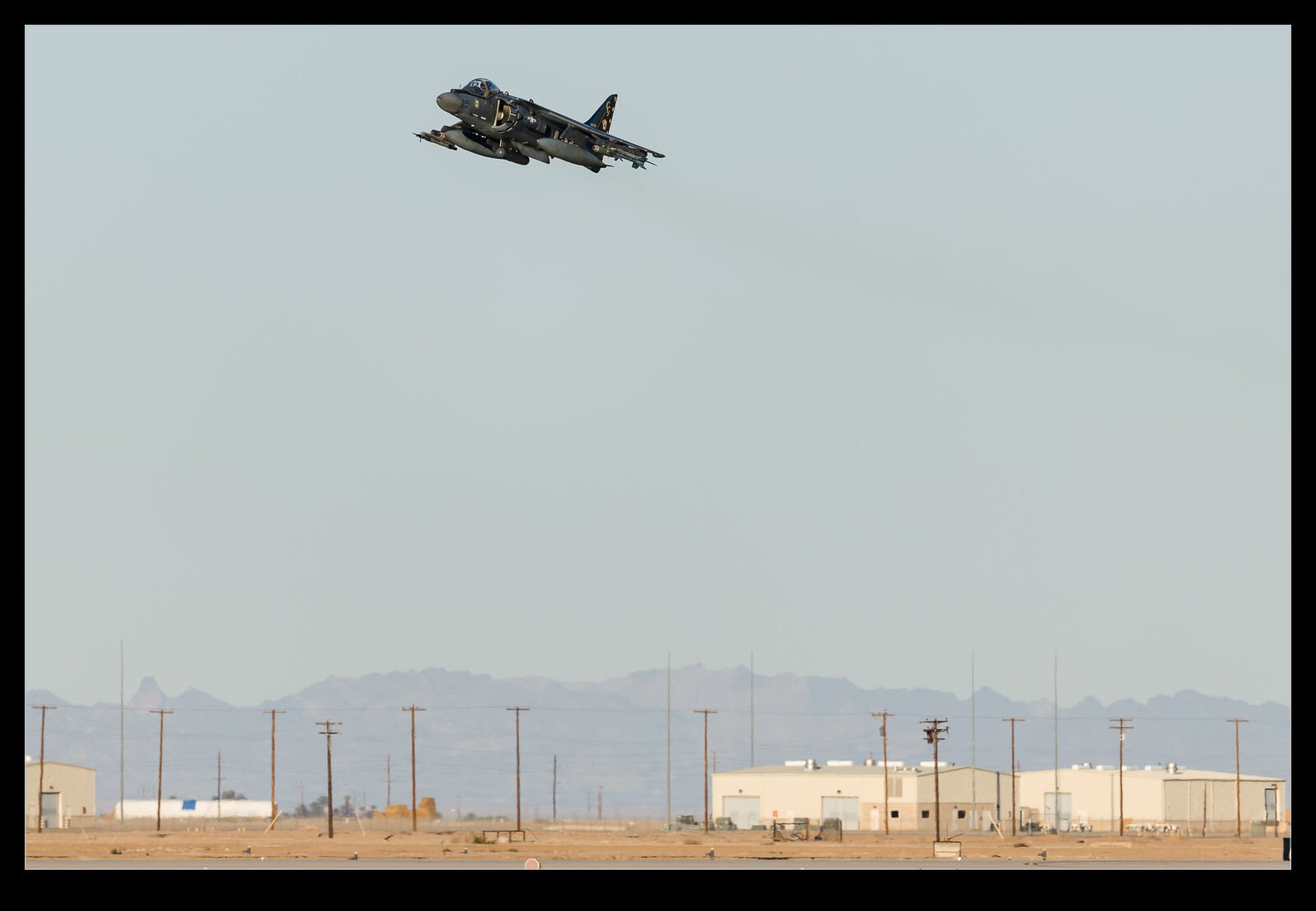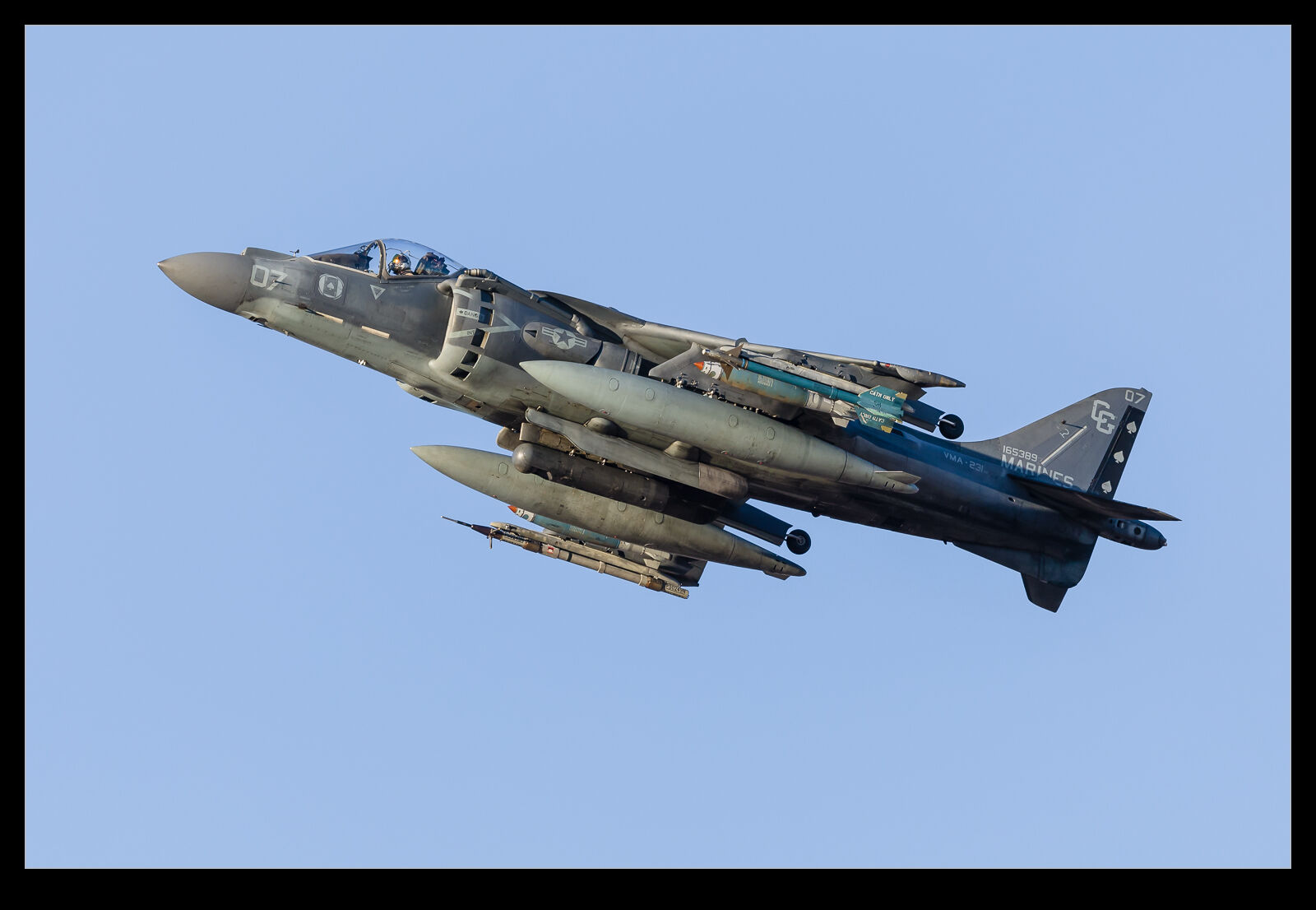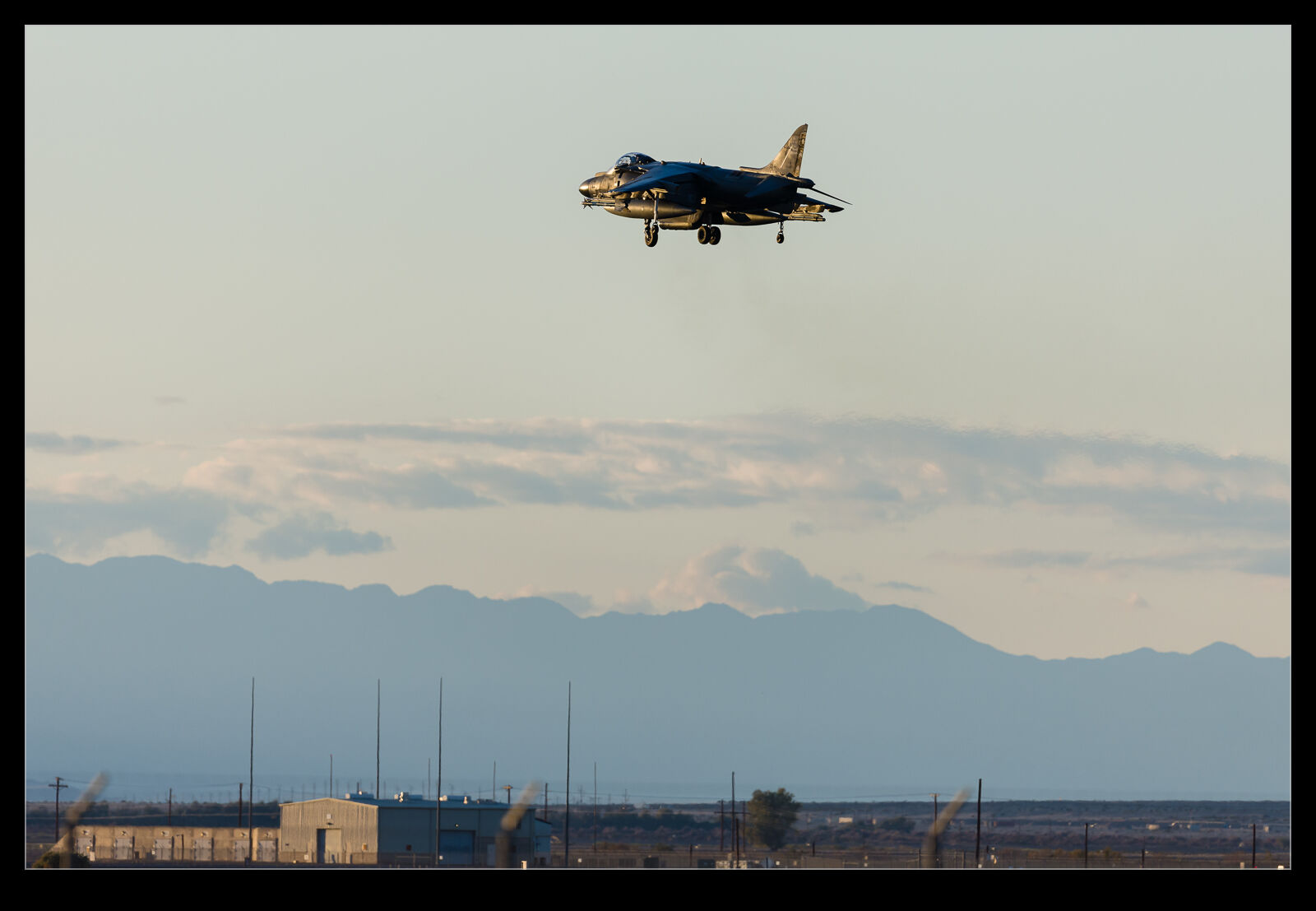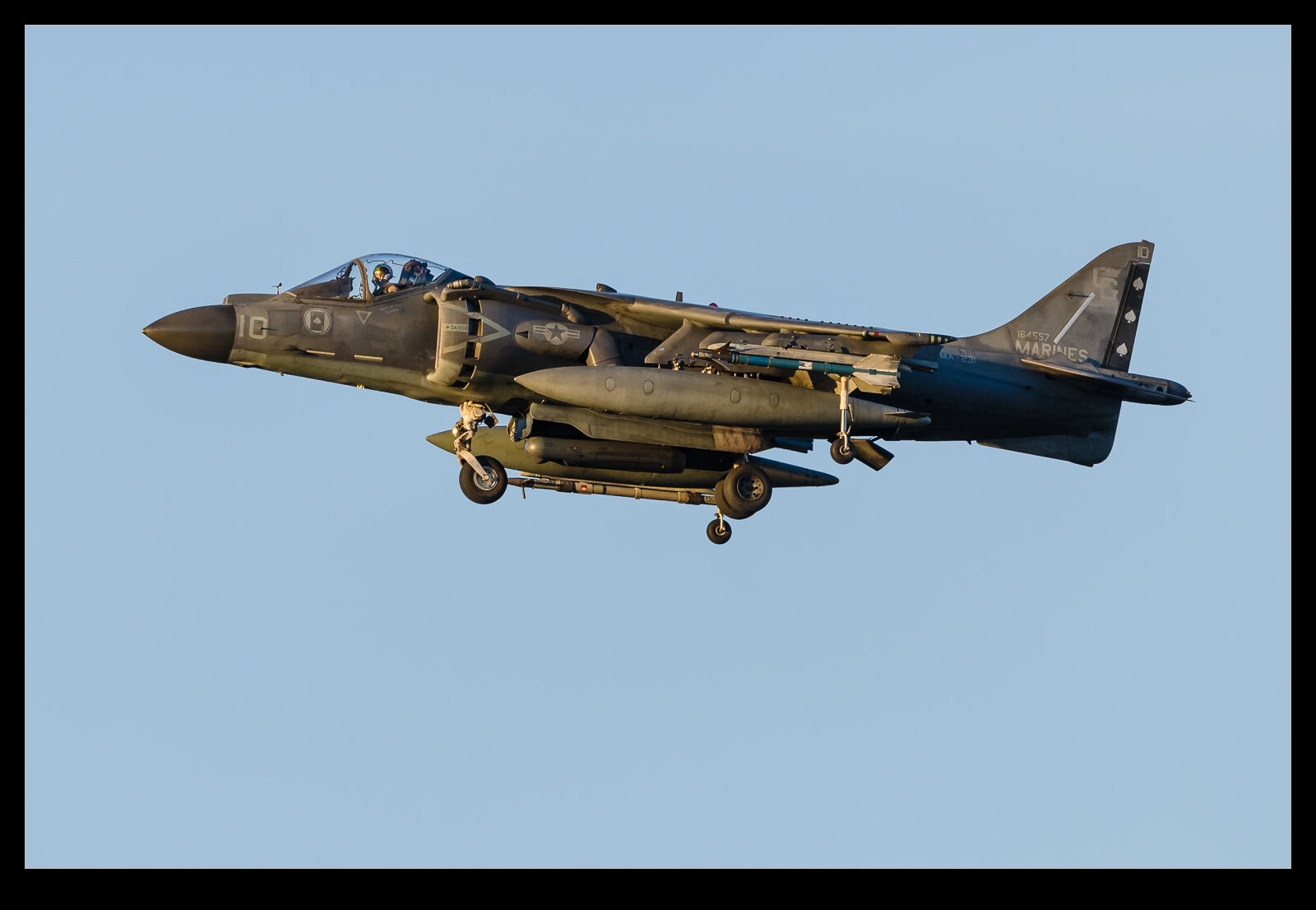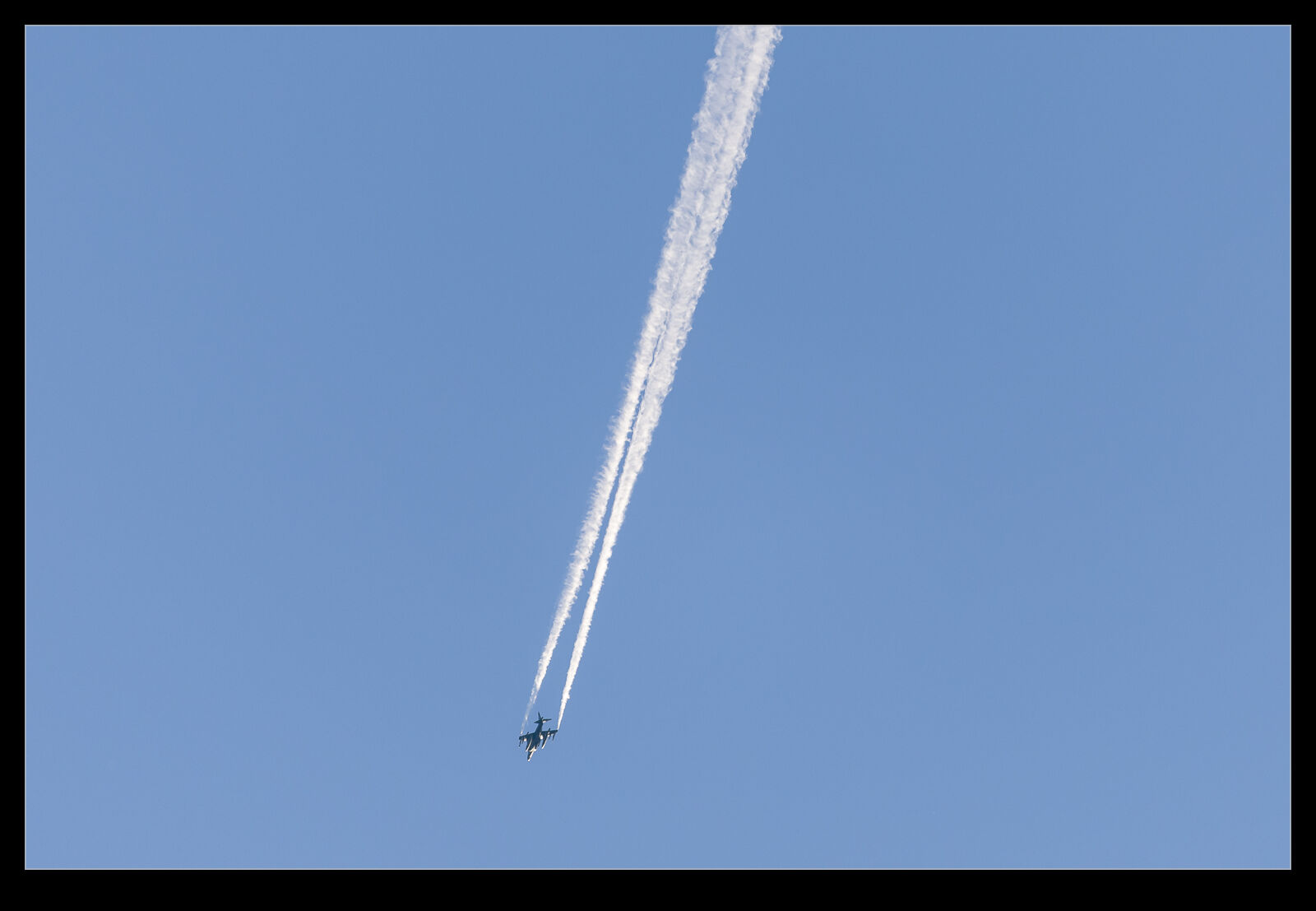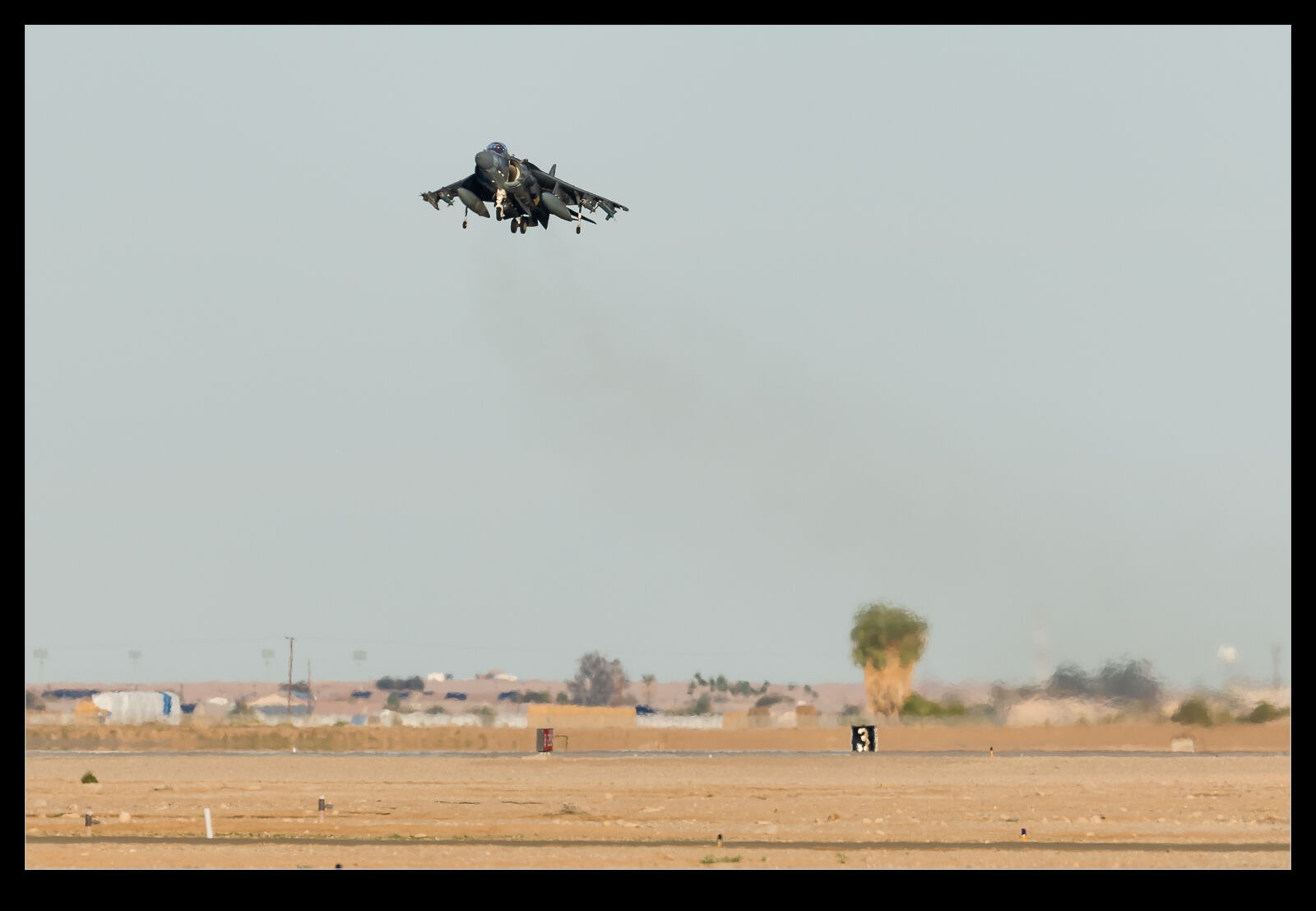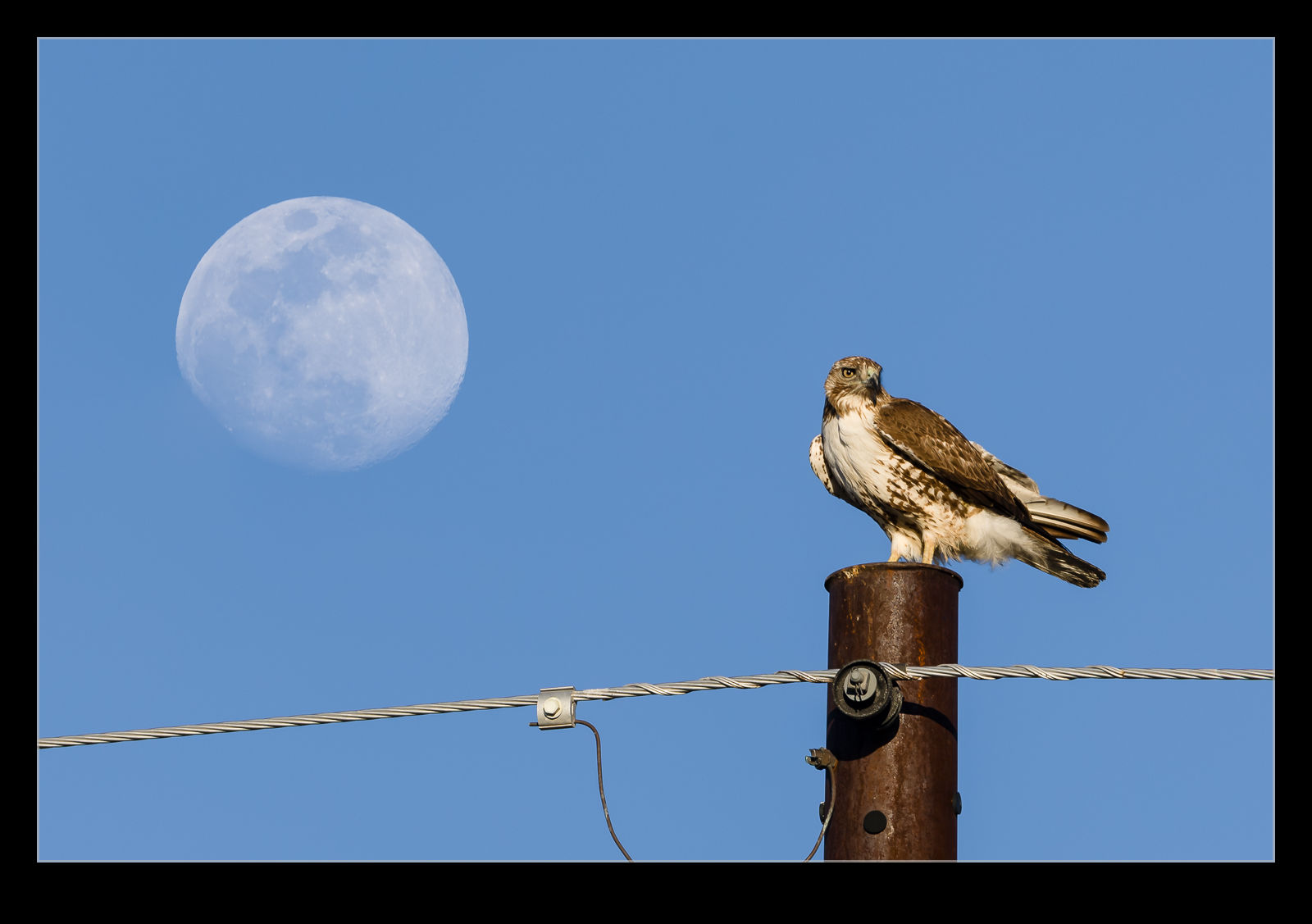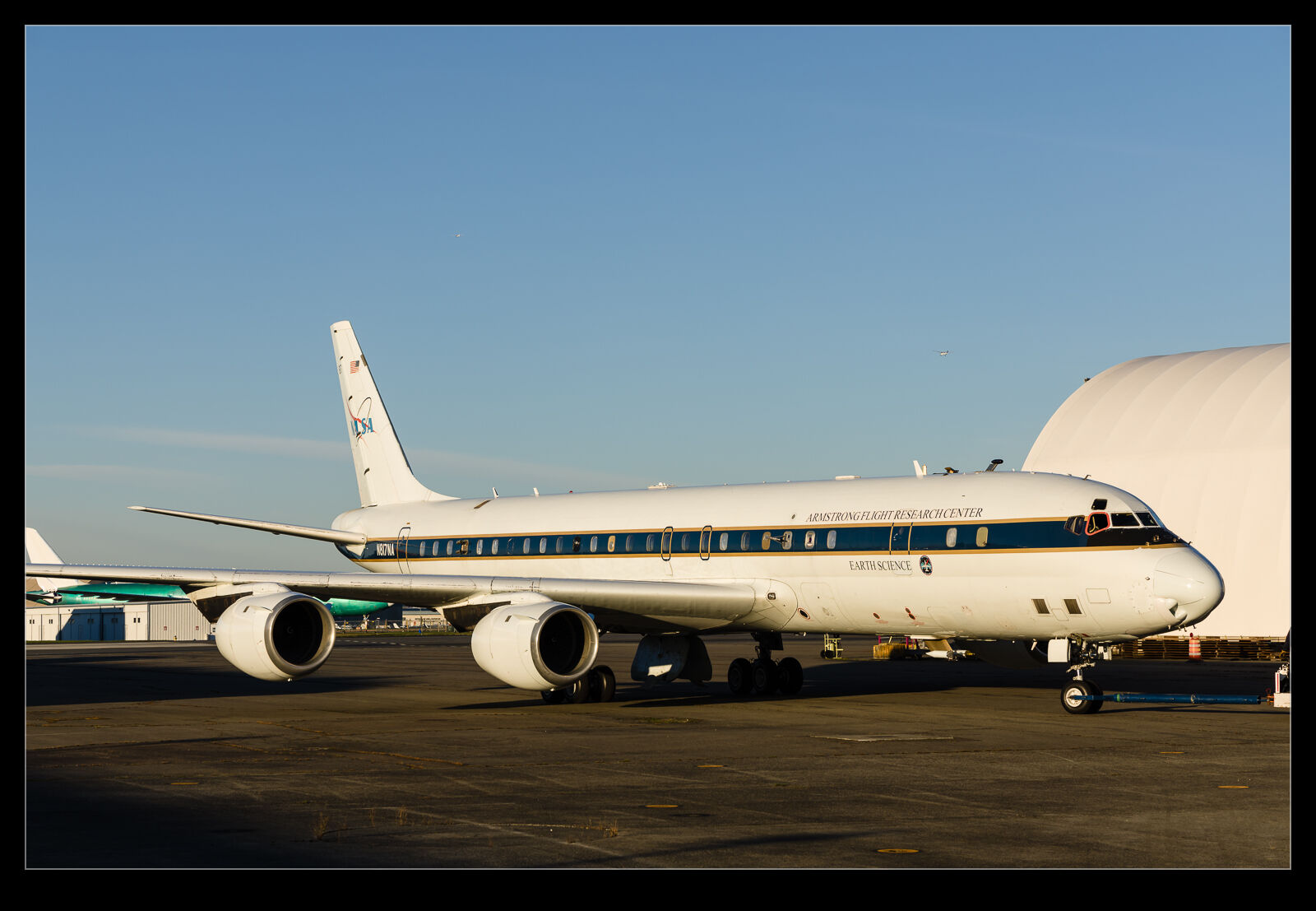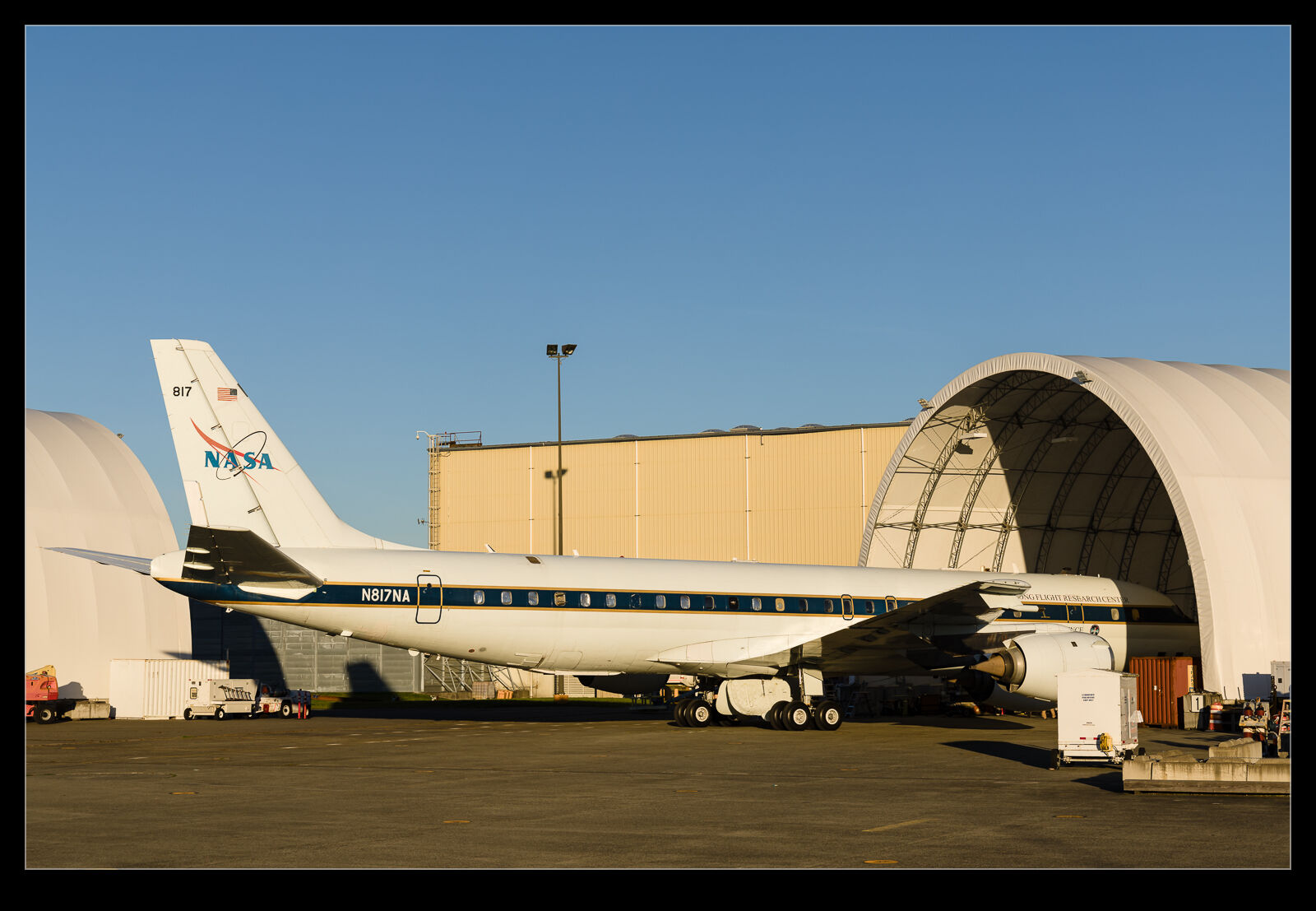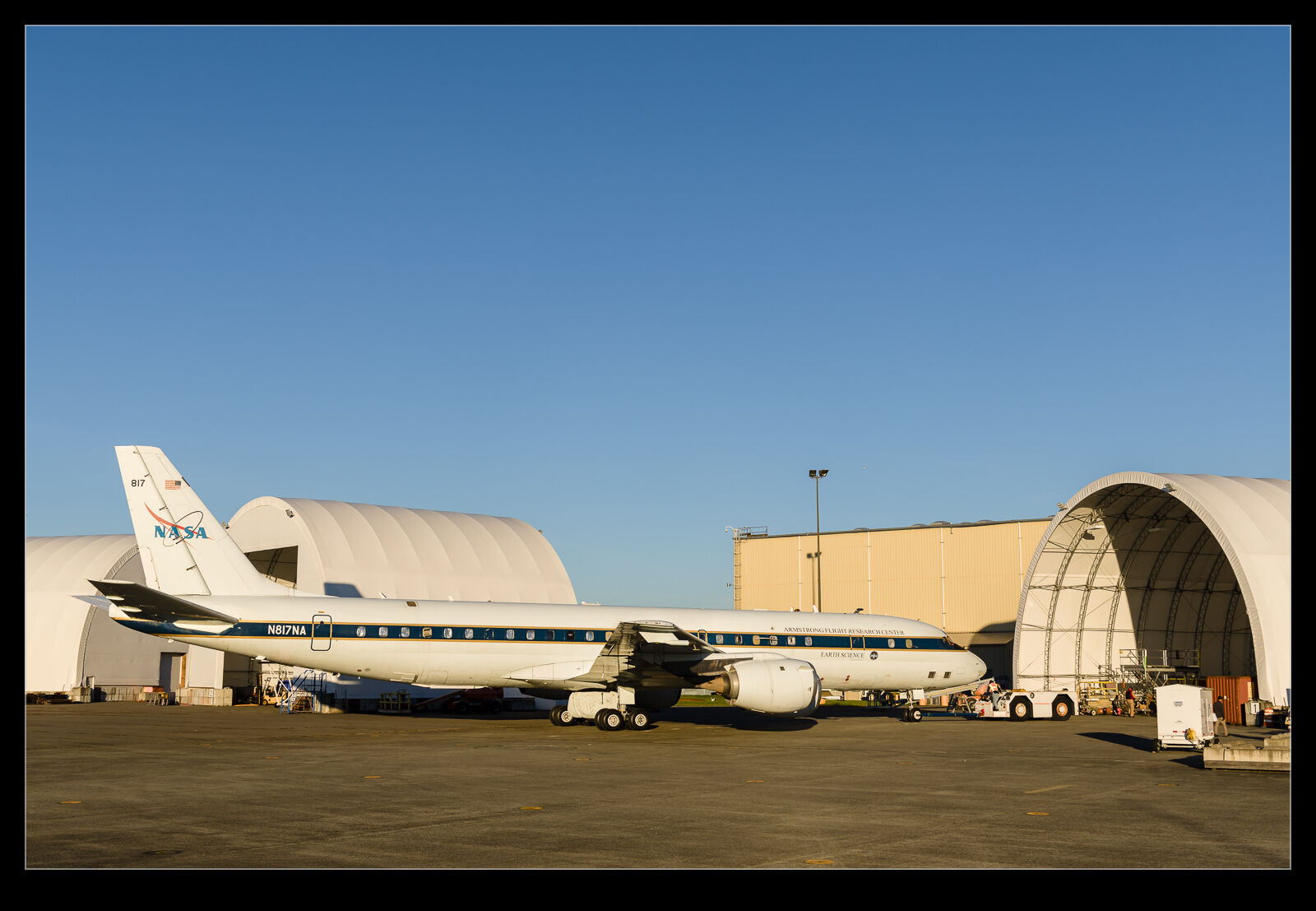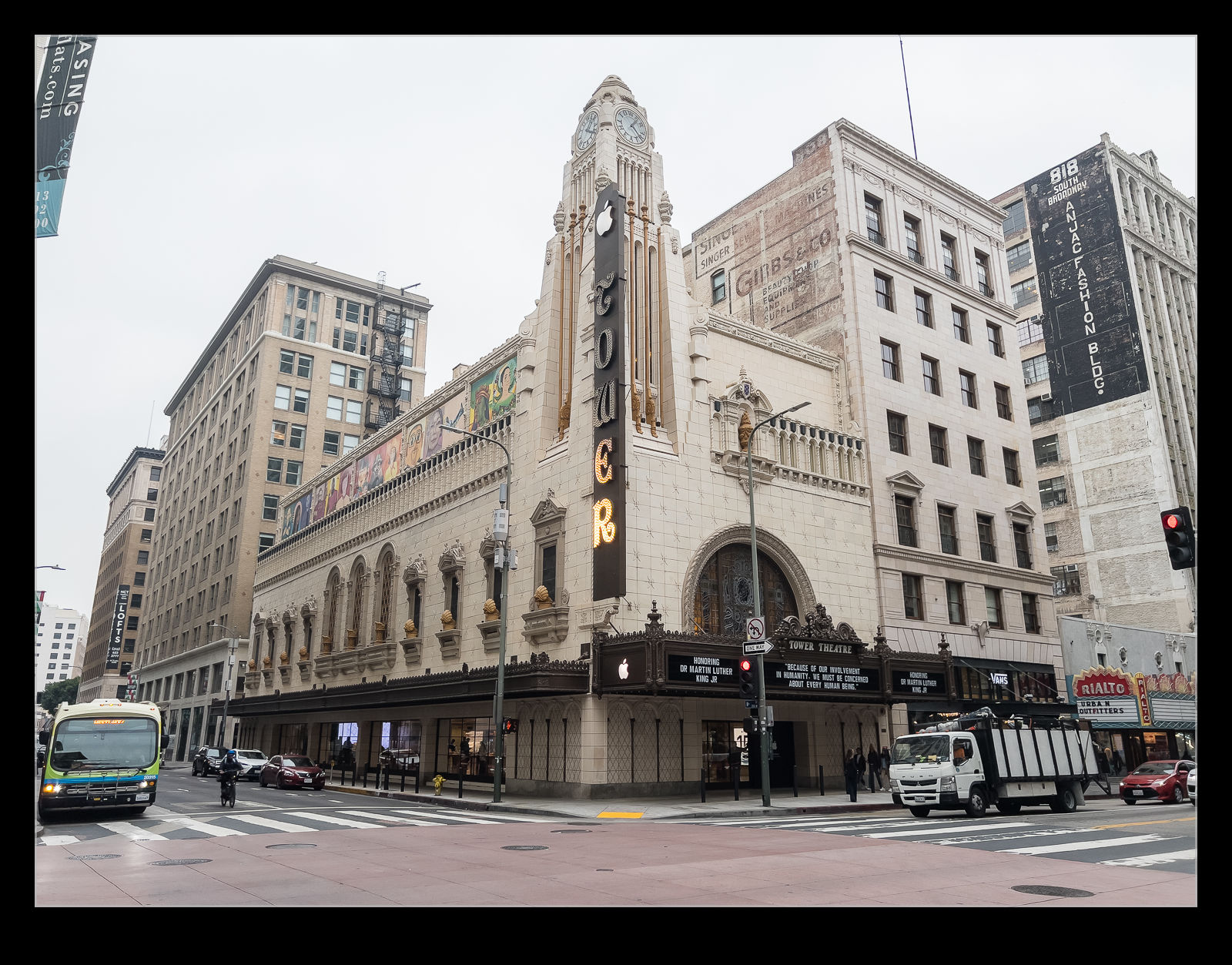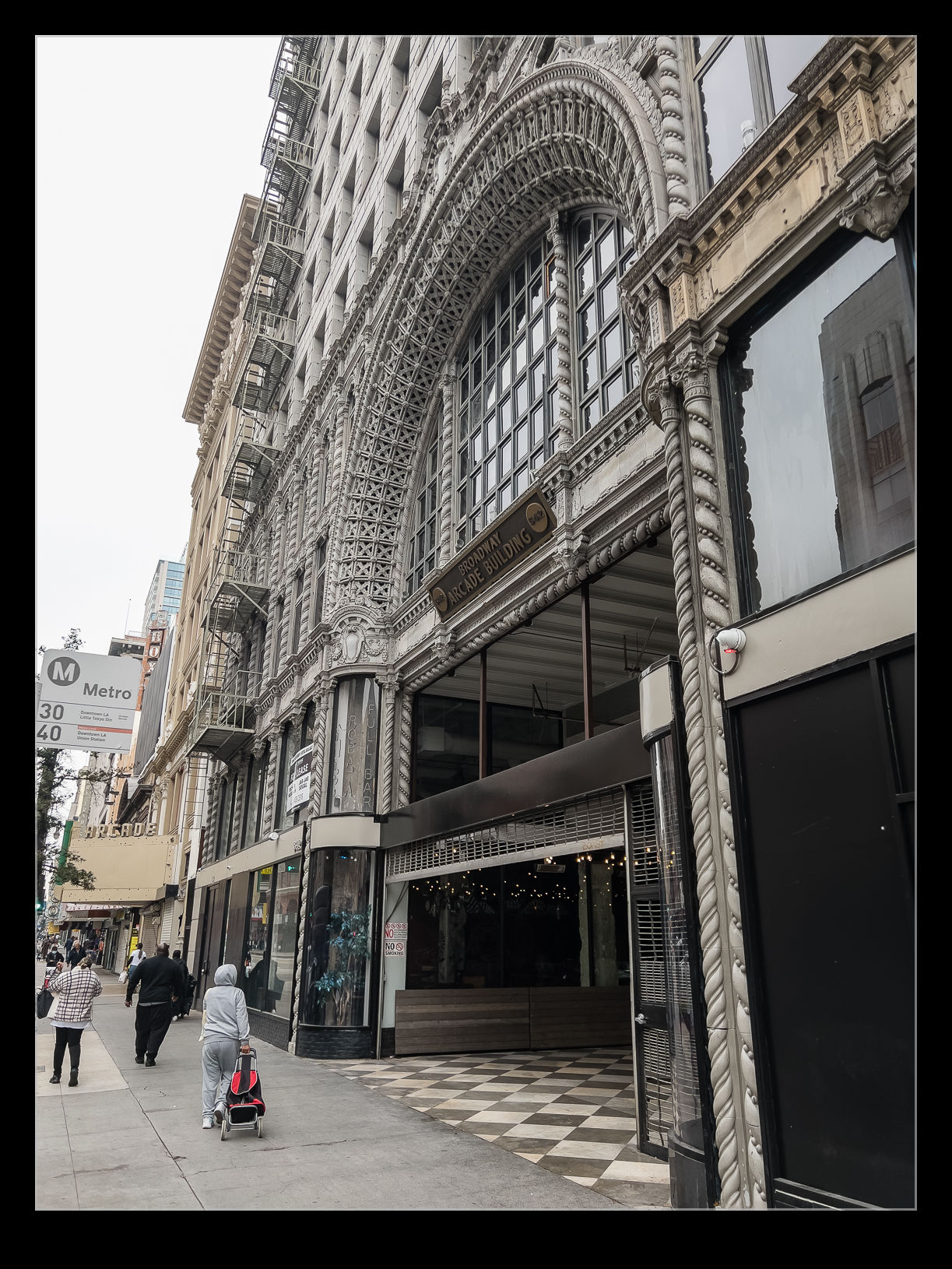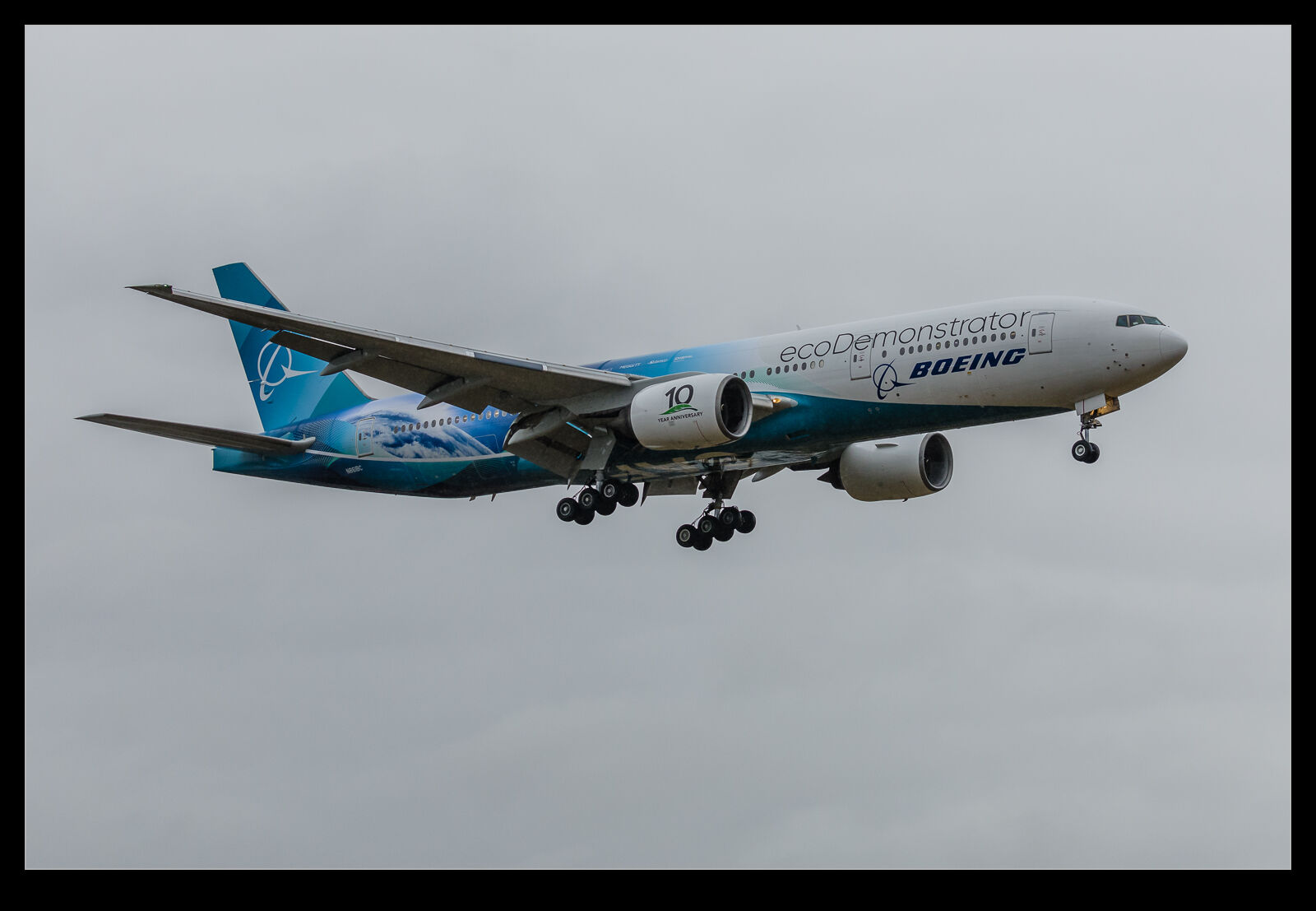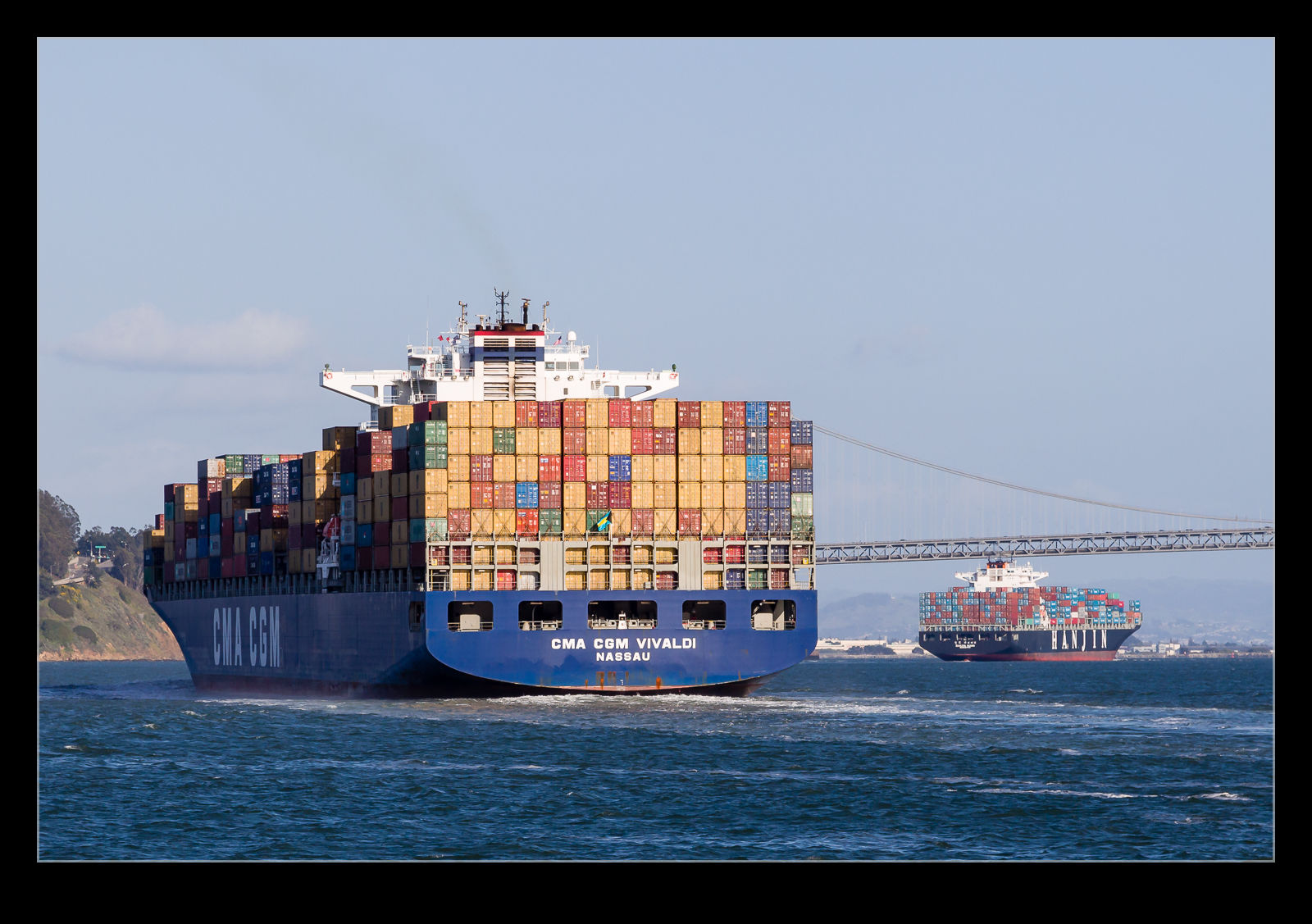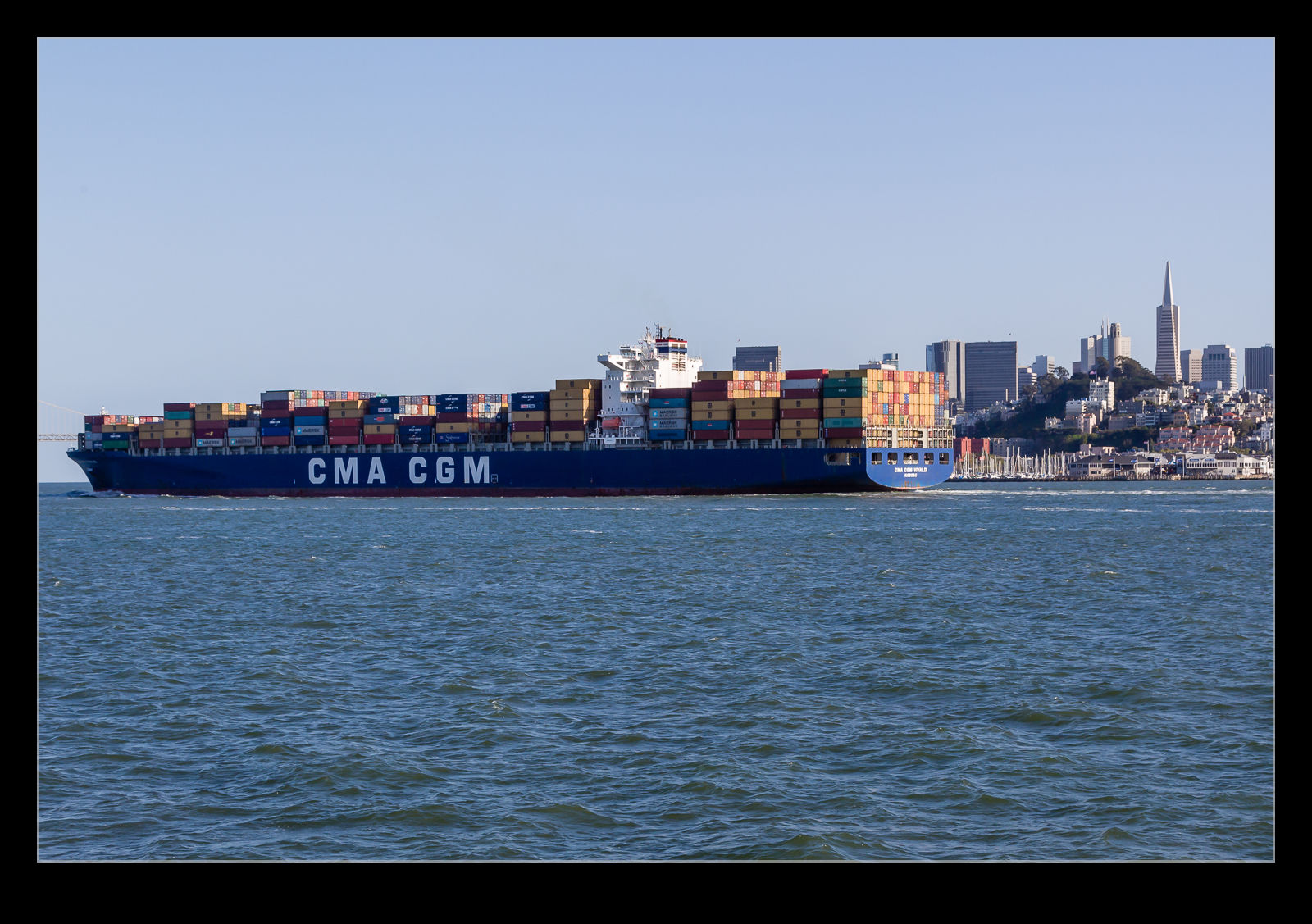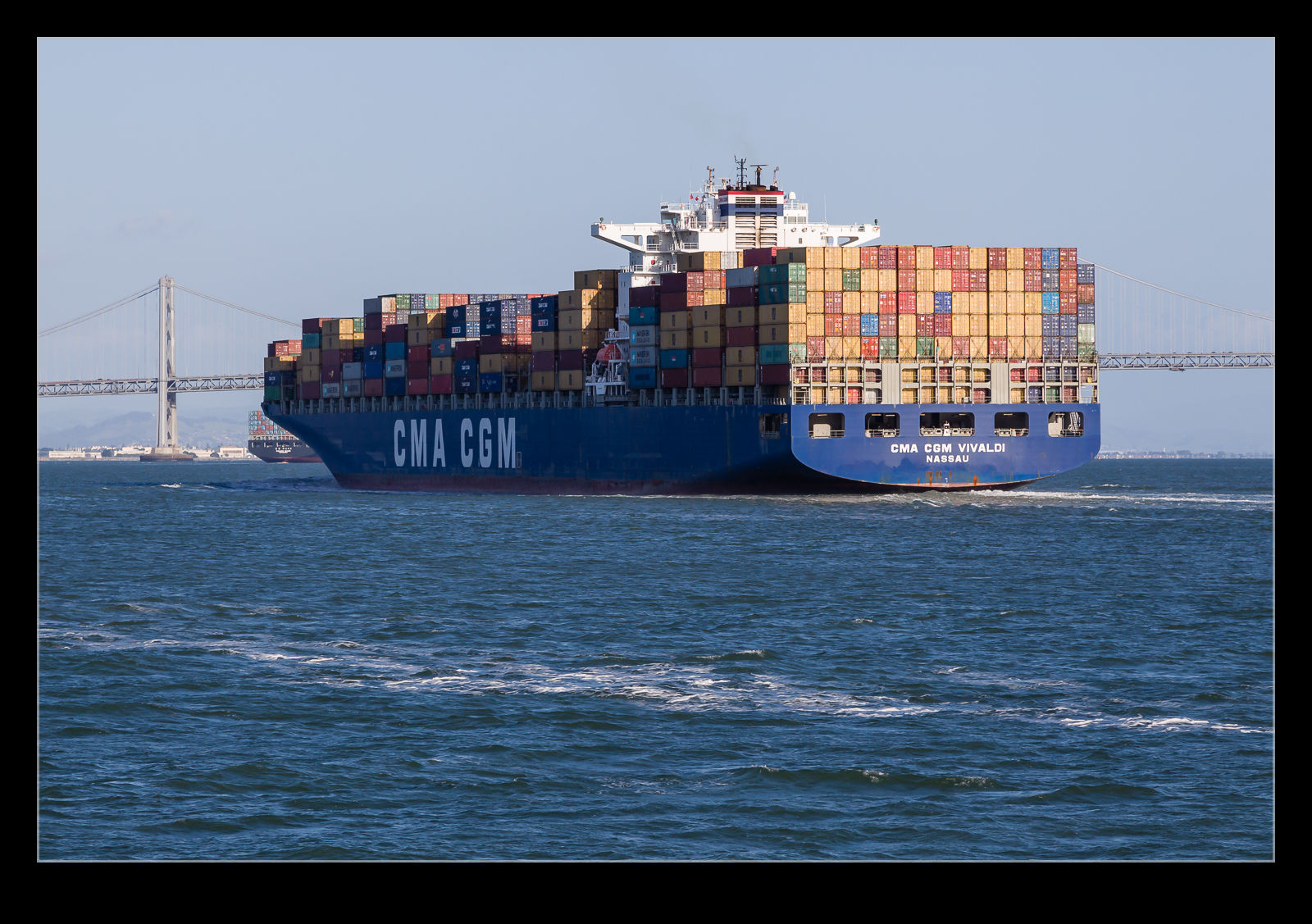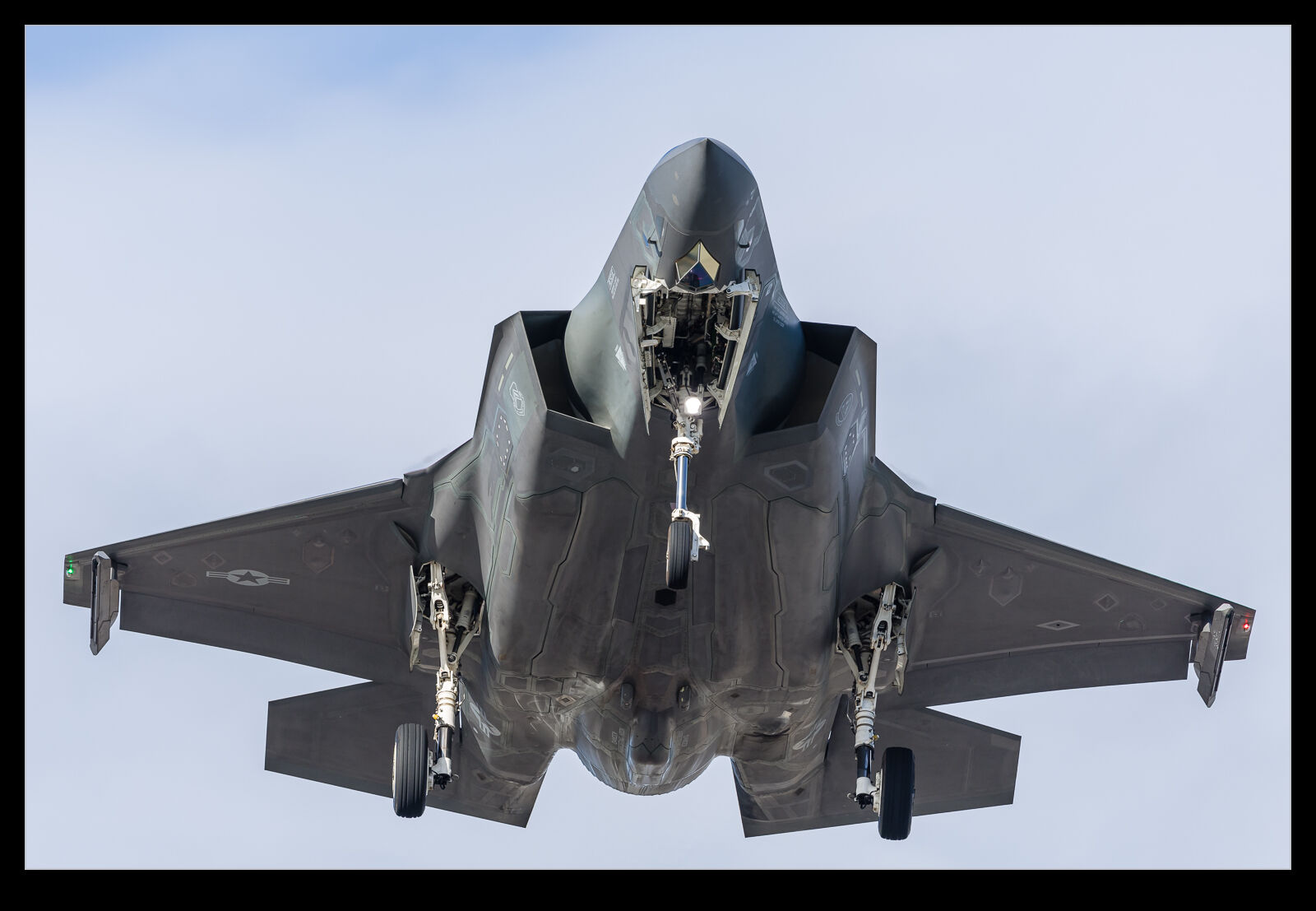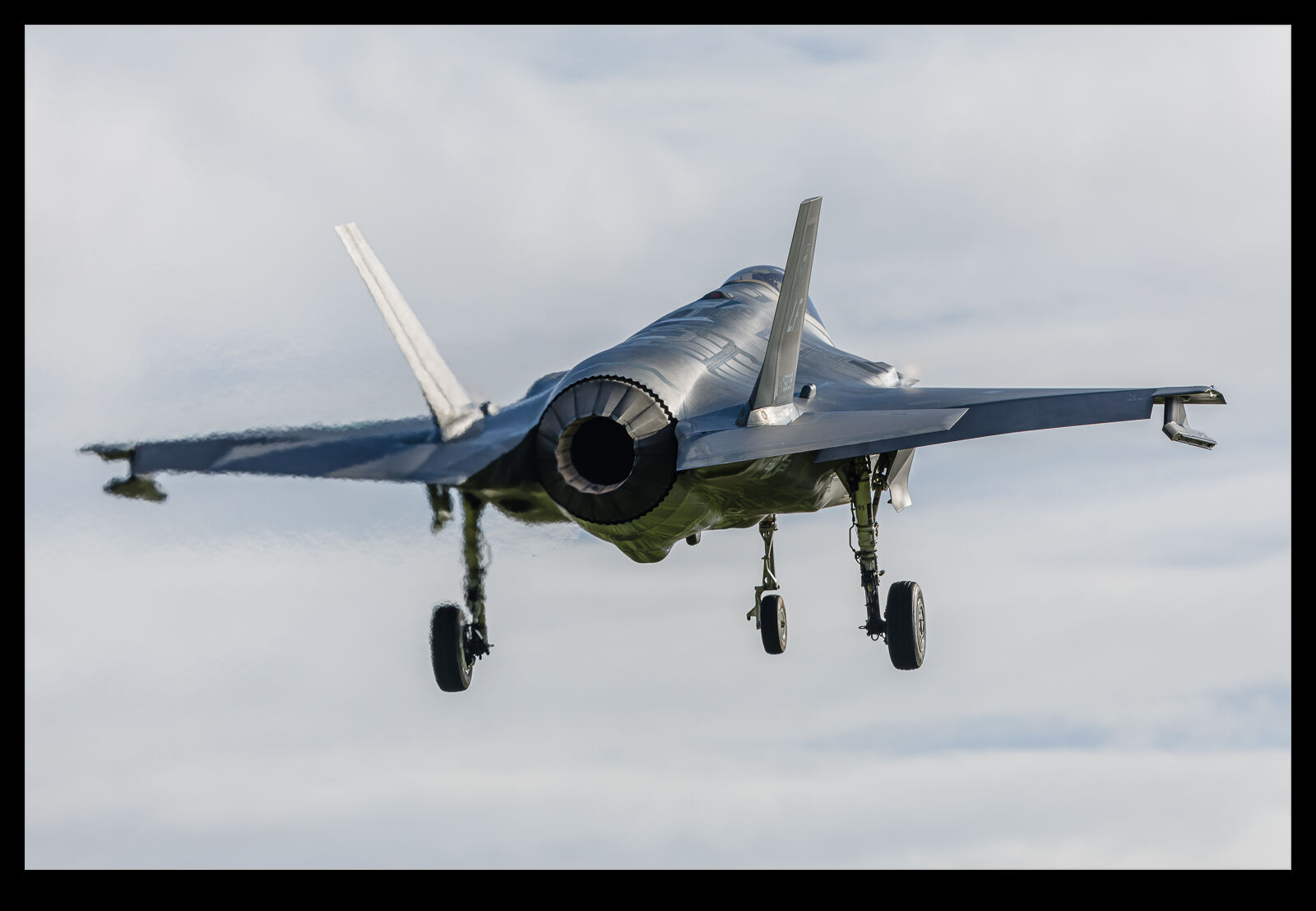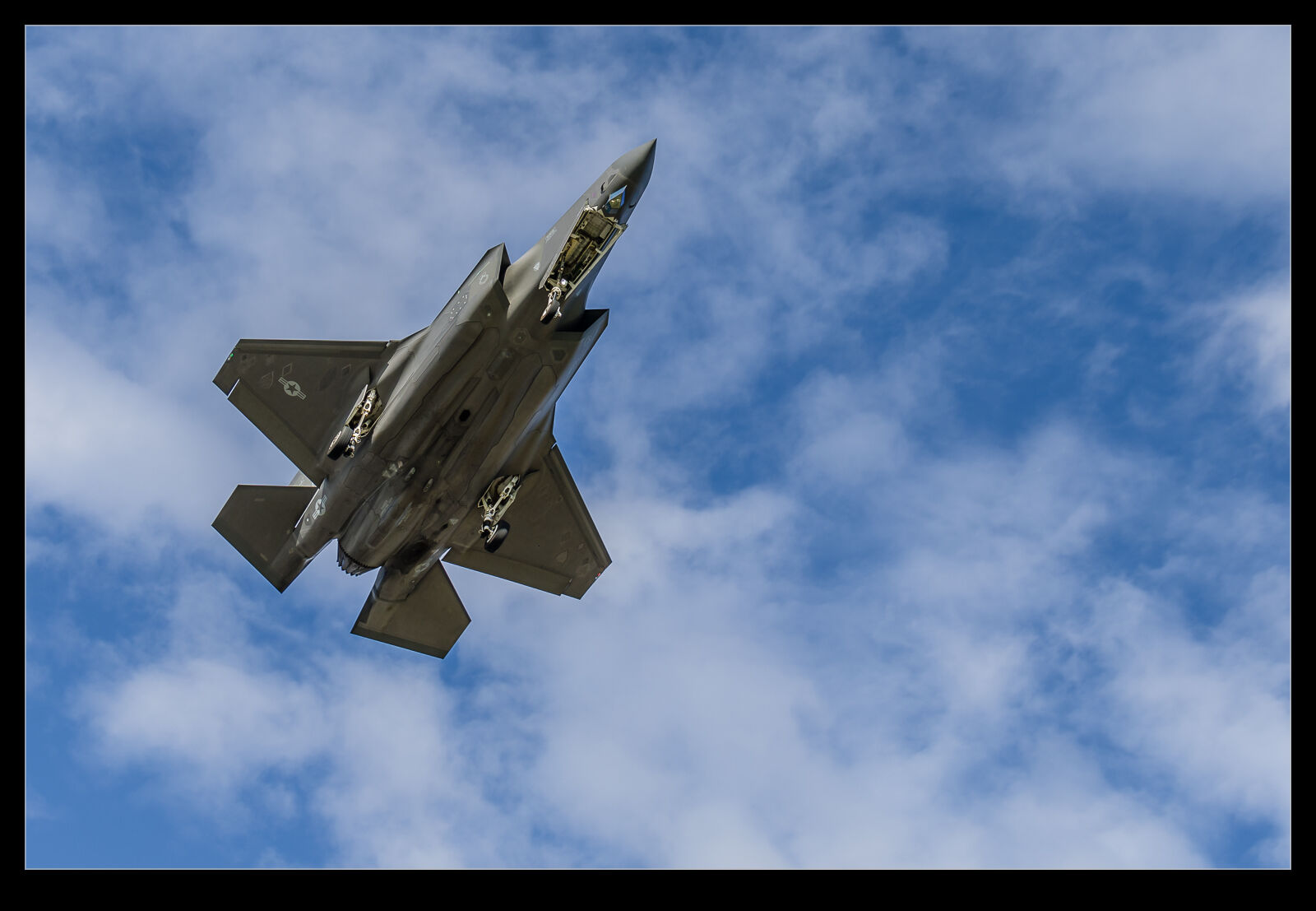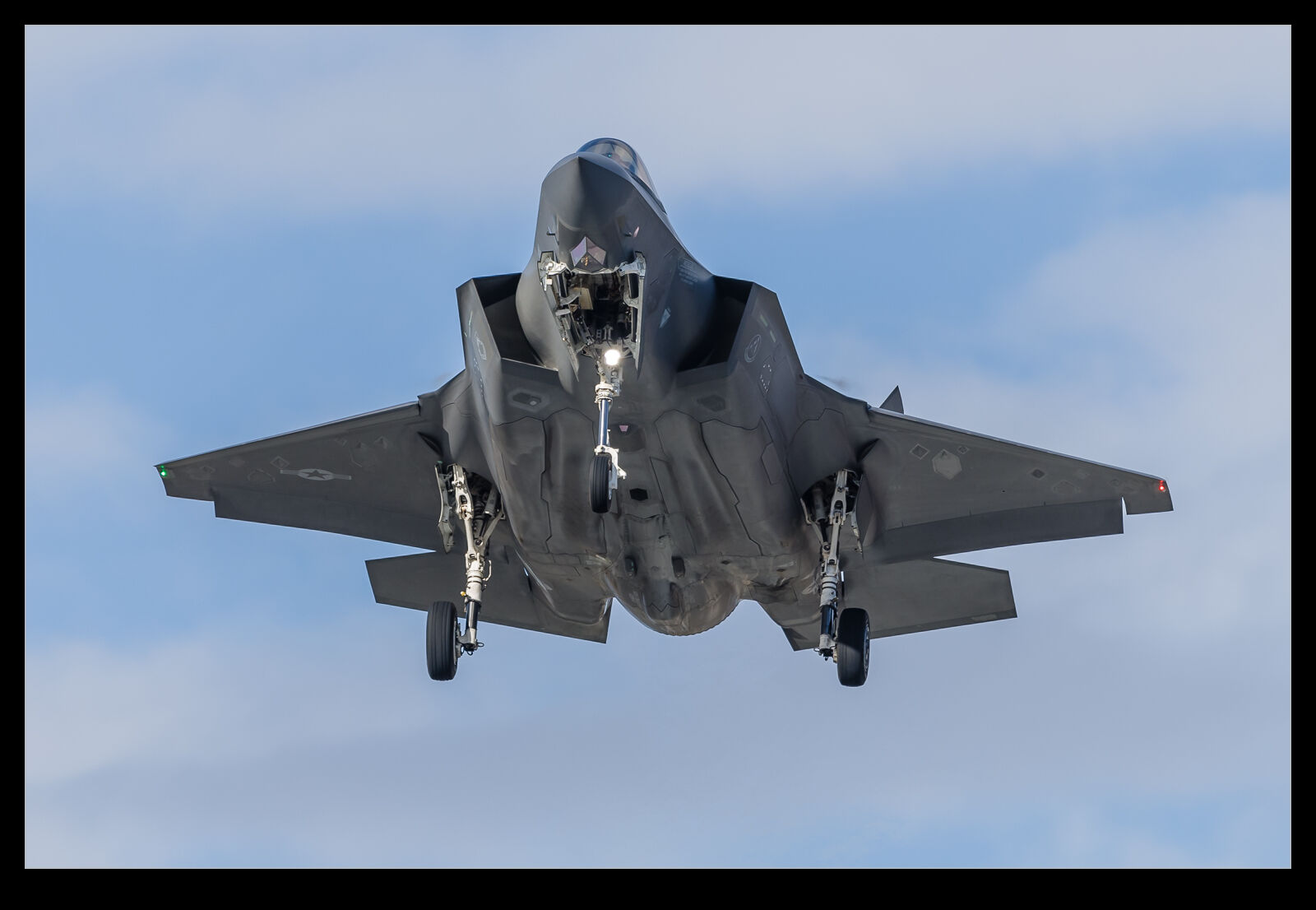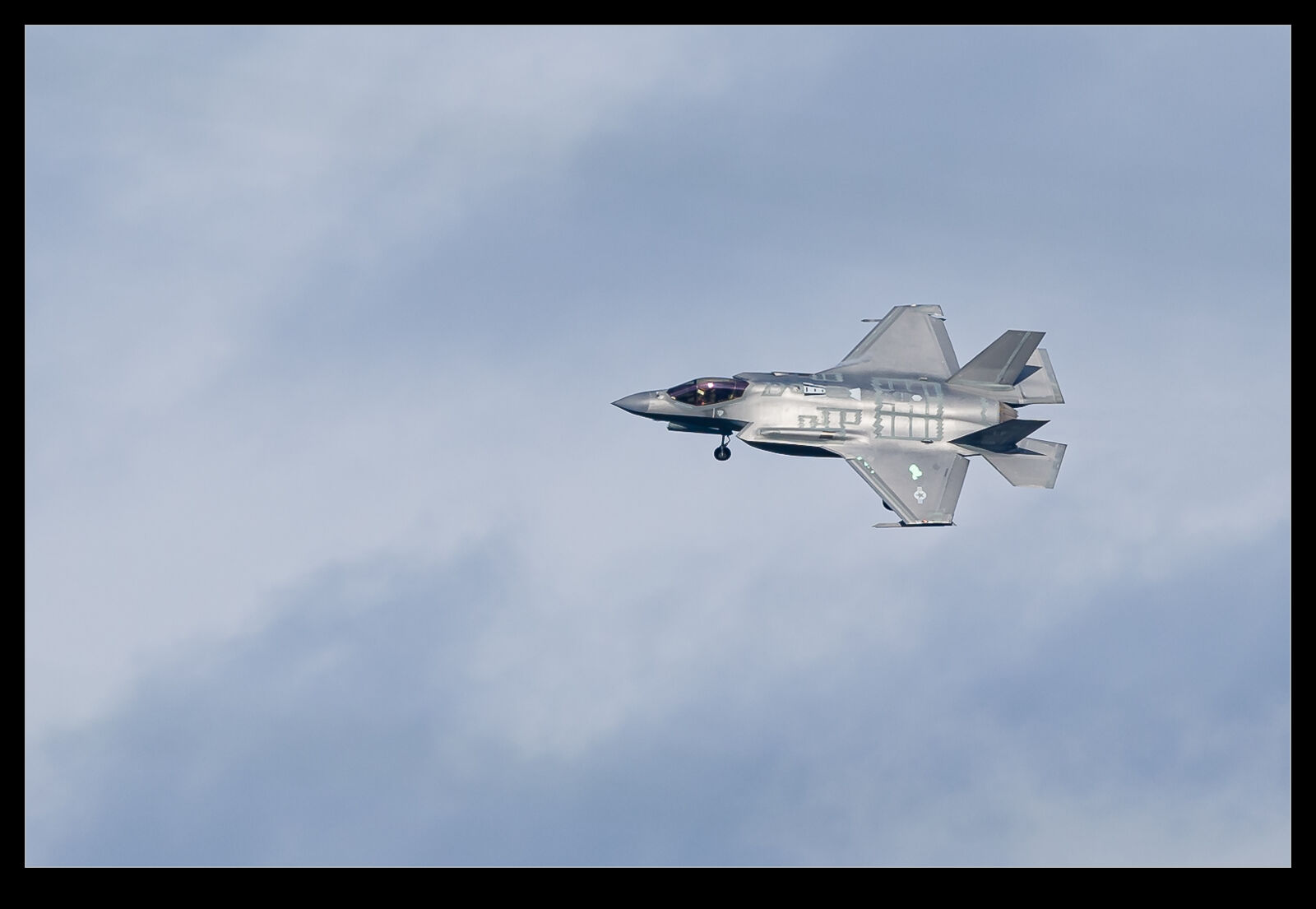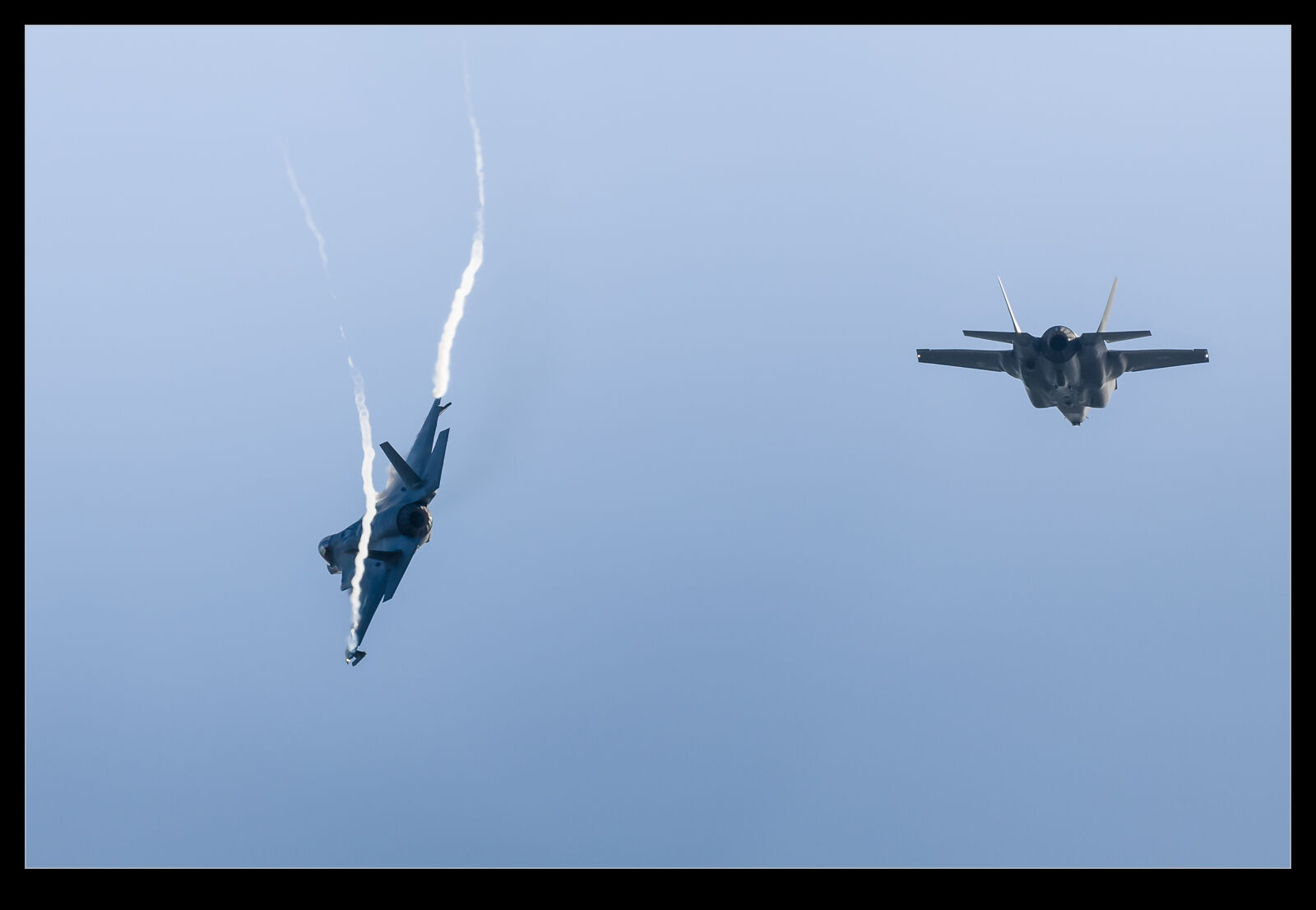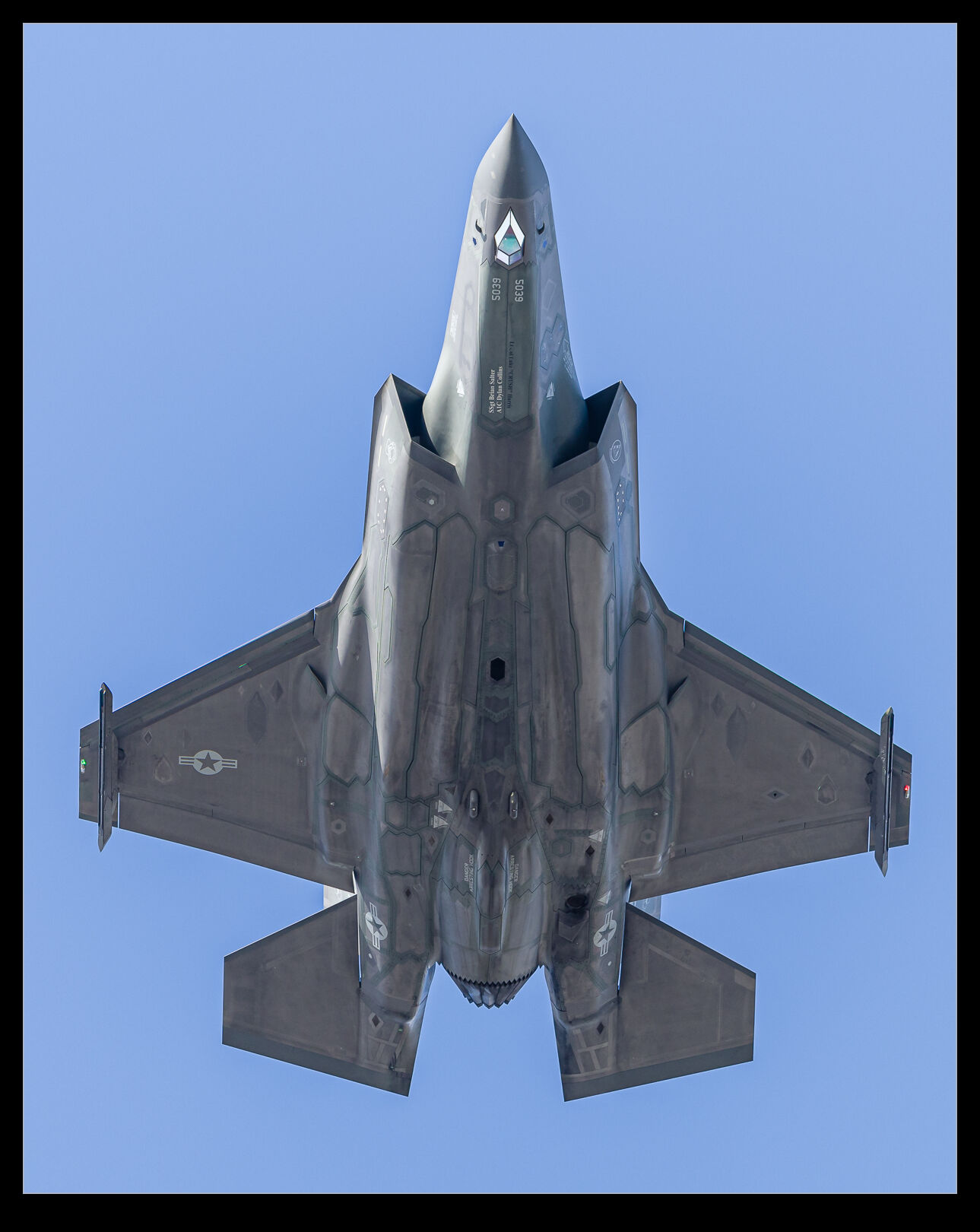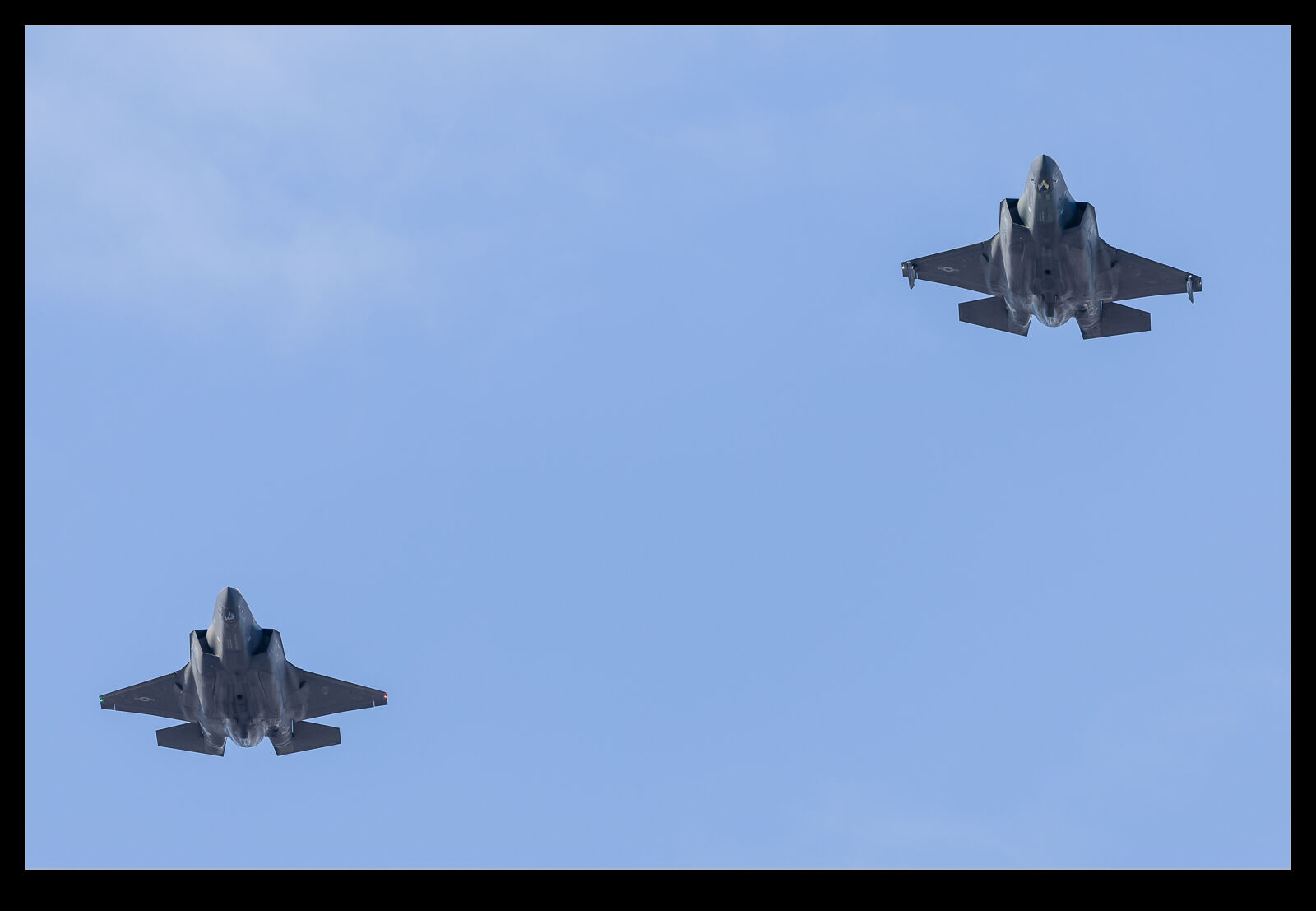 Walking along the shore, someone had been feeding the pigeons. The term rats with wings is often applied to pigeons and you can see why. (I think rats are amazing creatures so it might be a compliment to draw the analogy.) While pigeons might not be too popular, they are incredible flyers and I find their flight and, specifically, their wings, to be amazing. As we watched from a distance, they got spooked by a dog and all flew off. However, they only circled for a short while before landing on a nearby roof. Soon, they swooped down to the railings and then back to the ground where the food still was.
Walking along the shore, someone had been feeding the pigeons. The term rats with wings is often applied to pigeons and you can see why. (I think rats are amazing creatures so it might be a compliment to draw the analogy.) While pigeons might not be too popular, they are incredible flyers and I find their flight and, specifically, their wings, to be amazing. As we watched from a distance, they got spooked by a dog and all flew off. However, they only circled for a short while before landing on a nearby roof. Soon, they swooped down to the railings and then back to the ground where the food still was.
 They repeated the process shortly afterwards and this got me interested. Photographing wildlife can be tricky since you never know what they will do next. Having some predictability can give you better options. I decided to get around to the other side of them and wait for them to get spooked again. With so many people walking dogs in the area, it couldn’t take too long! Sure enough, they were soon back up on the roof.
They repeated the process shortly afterwards and this got me interested. Photographing wildlife can be tricky since you never know what they will do next. Having some predictability can give you better options. I decided to get around to the other side of them and wait for them to get spooked again. With so many people walking dogs in the area, it couldn’t take too long! Sure enough, they were soon back up on the roof.
 I didn’t try to get any one bird. That would be very tough to do. Instead, I shot wider and with a higher shutter speed to freeze the action and waited for them all to return. They kindly performed exactly as they had done before so it was a case of waiting and shooting as they all gradually made their way back down. Some of them had really amazing poses as their wings flexed and folded as they flew to the food. What amazing creatures they are.
I didn’t try to get any one bird. That would be very tough to do. Instead, I shot wider and with a higher shutter speed to freeze the action and waited for them all to return. They kindly performed exactly as they had done before so it was a case of waiting and shooting as they all gradually made their way back down. Some of them had really amazing poses as their wings flexed and folded as they flew to the food. What amazing creatures they are.
